Riyasat
A series of my writings and photojournals.
Stories
Travel
Oxford · Cambridge · Hamburg · Zurich · Amsterdam · Madrid · West Bay Dorset · Washington DC · Newcastle · Perth · Melbourne · Daylesford · Queenstown · Milford Sound · Arrowtown · Southland · Christchurch · Wellington · Cairns · Adelaide · Hahndorf
Projects
Madrid, Spain
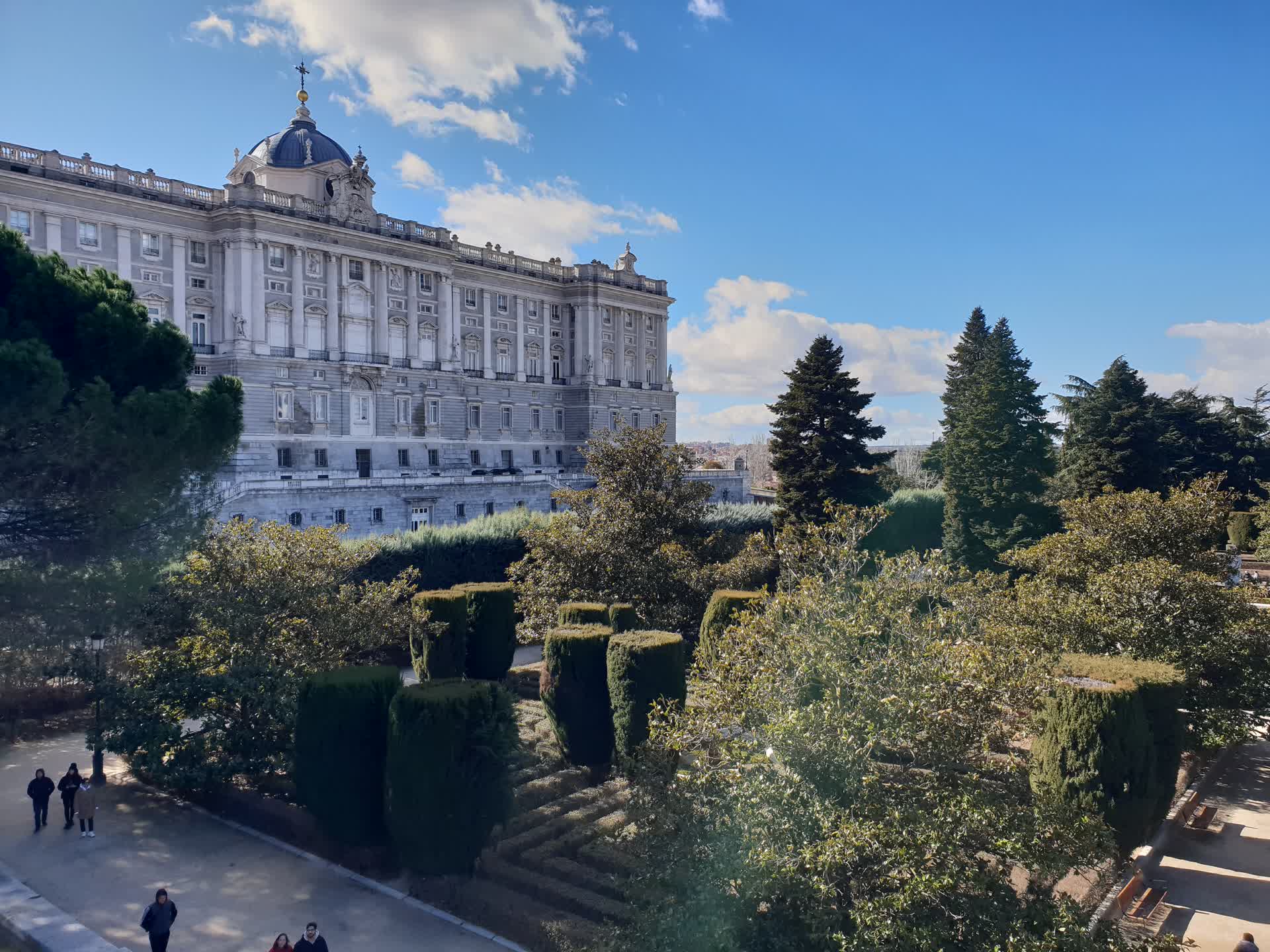
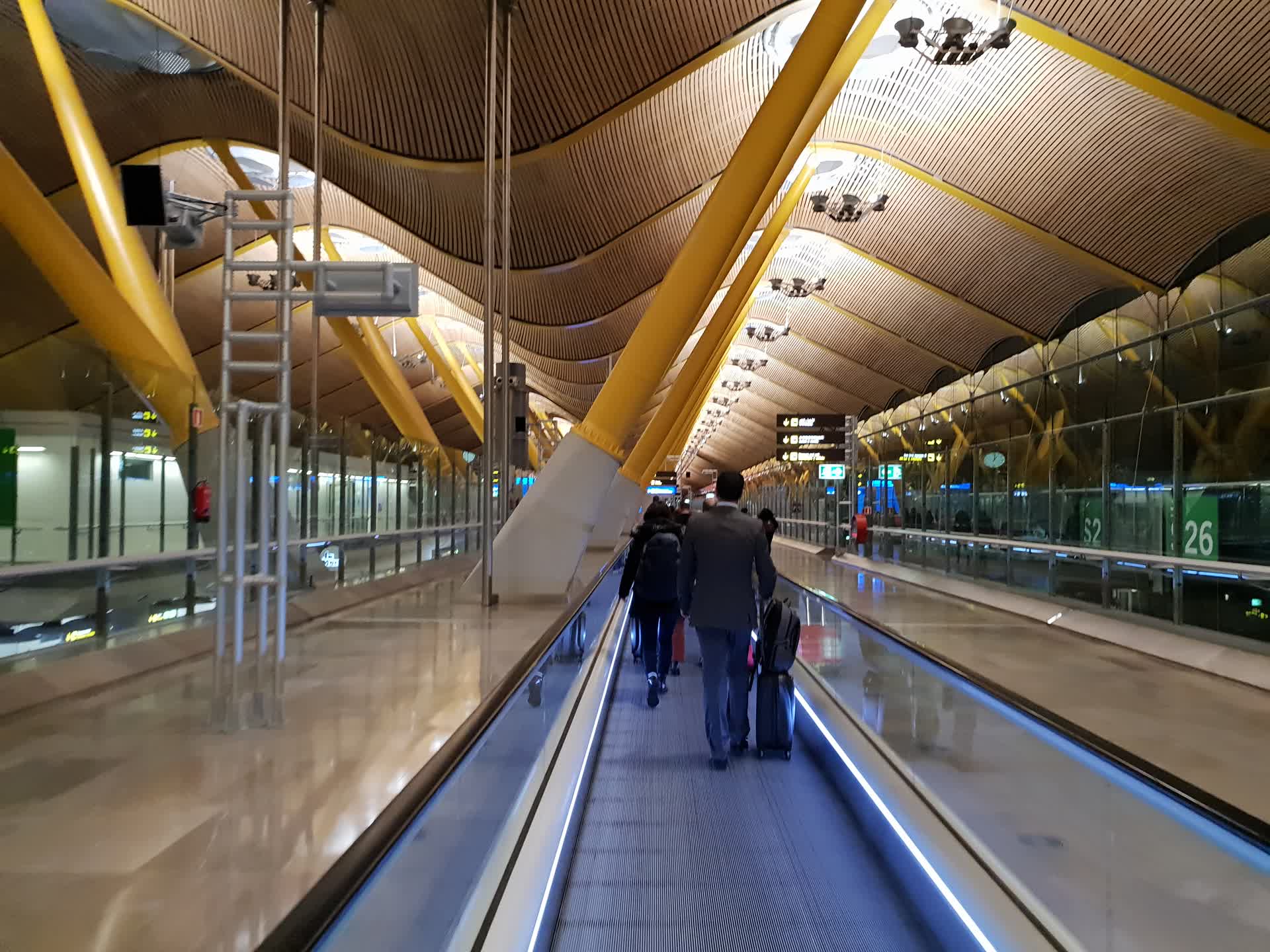
Adolfo Suárez Madrid-Barajas Airport
Opened in 1928, it has grown to become Europe's sixth busiest airport, servicing over 50 million passengers a year.
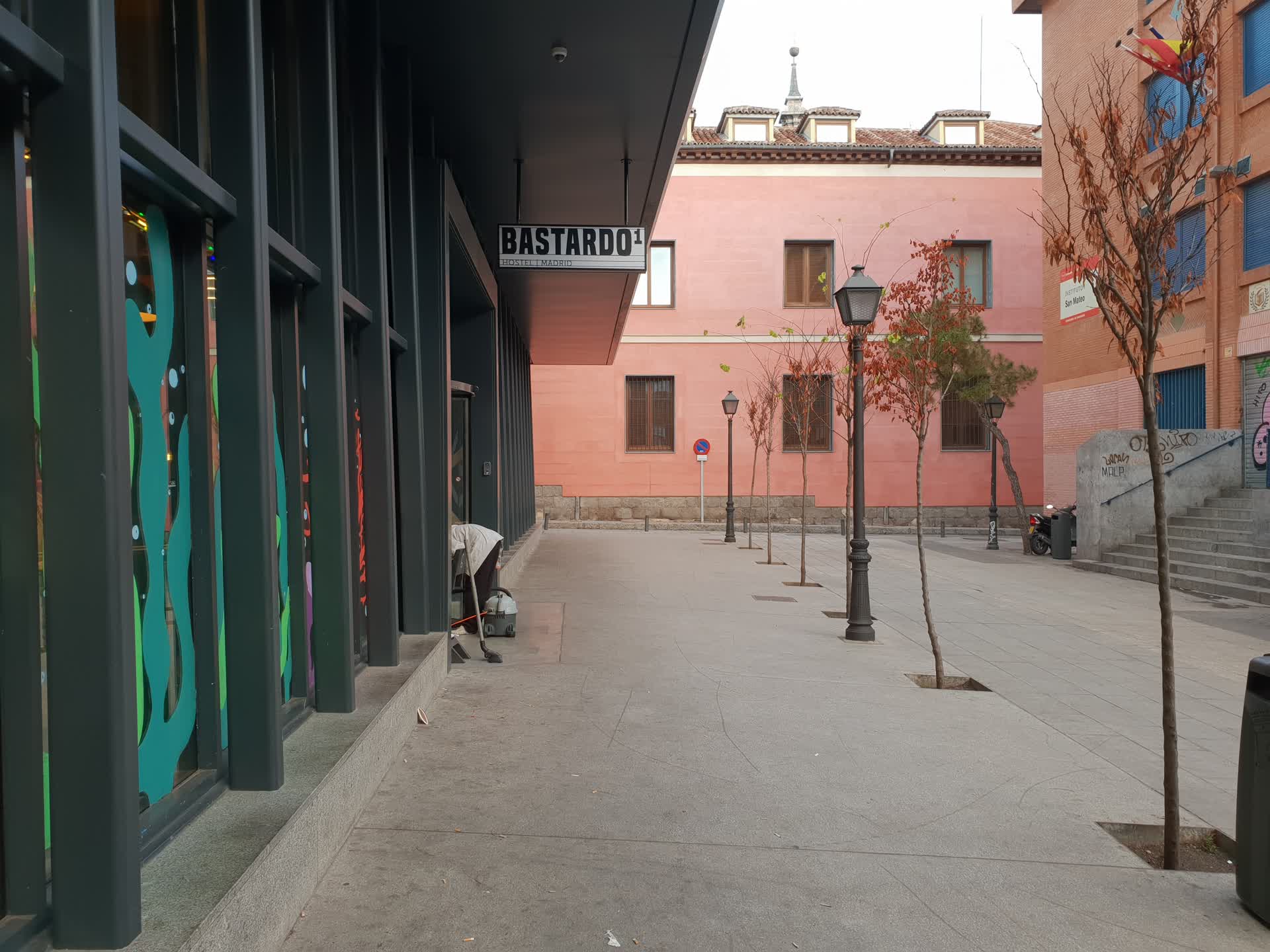
Bastardo Hostel
My first time staying in a hostel, actually turned out to be quite a decent place to sleep. Doubling as a bar/restaurant on the ground floor, I stayed in a room with 5 others, split into 2 bunk beds. We had our own showers in the room, as well as toilets. And no one stole my stuff, which is definitely another big plus.
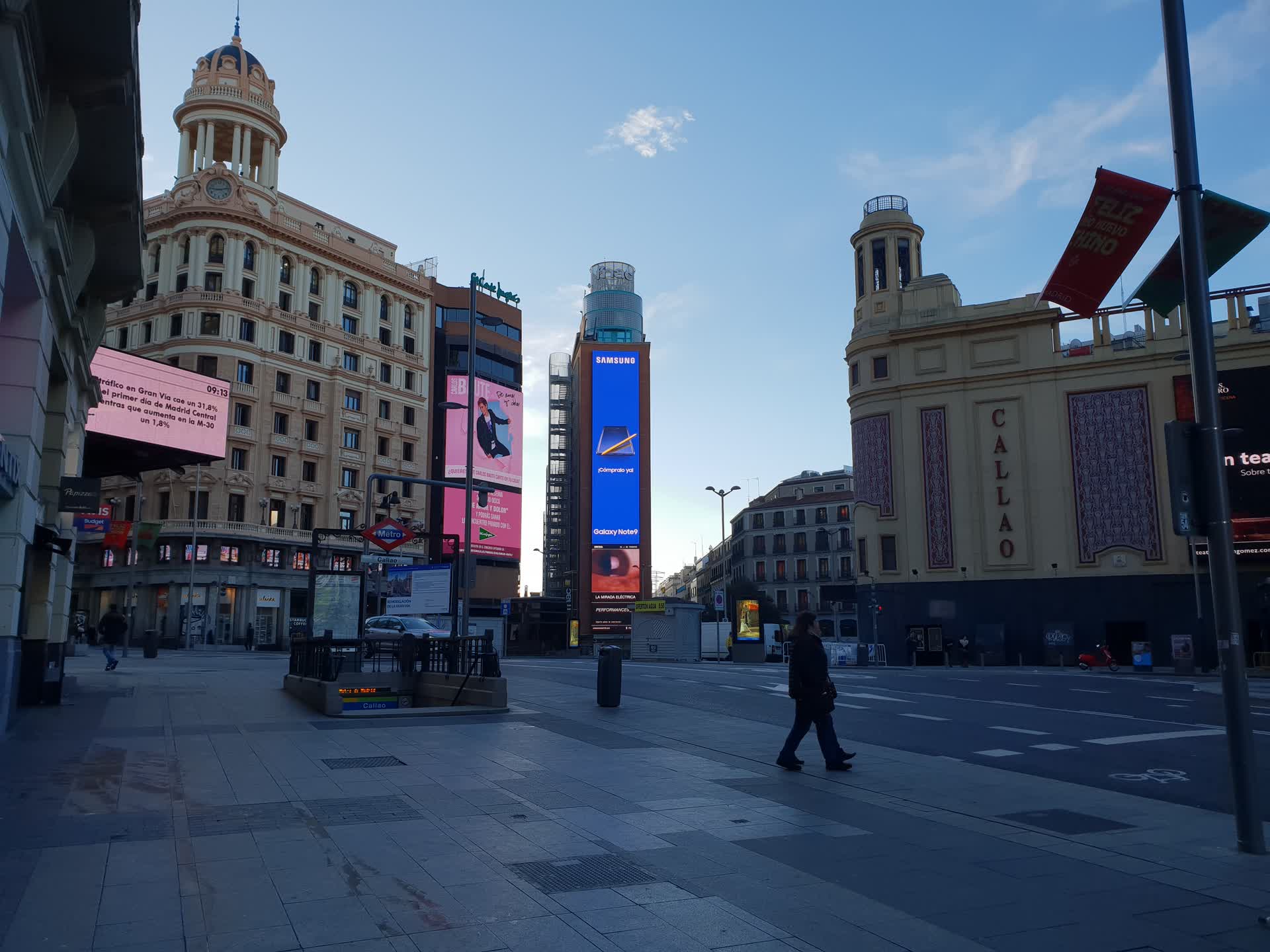
Plaza de Callao
A kind of Times Square knockoff, Plaza de Callao is packed with enormous electronic displays, advertising the latest Samsung Galaxy phone.
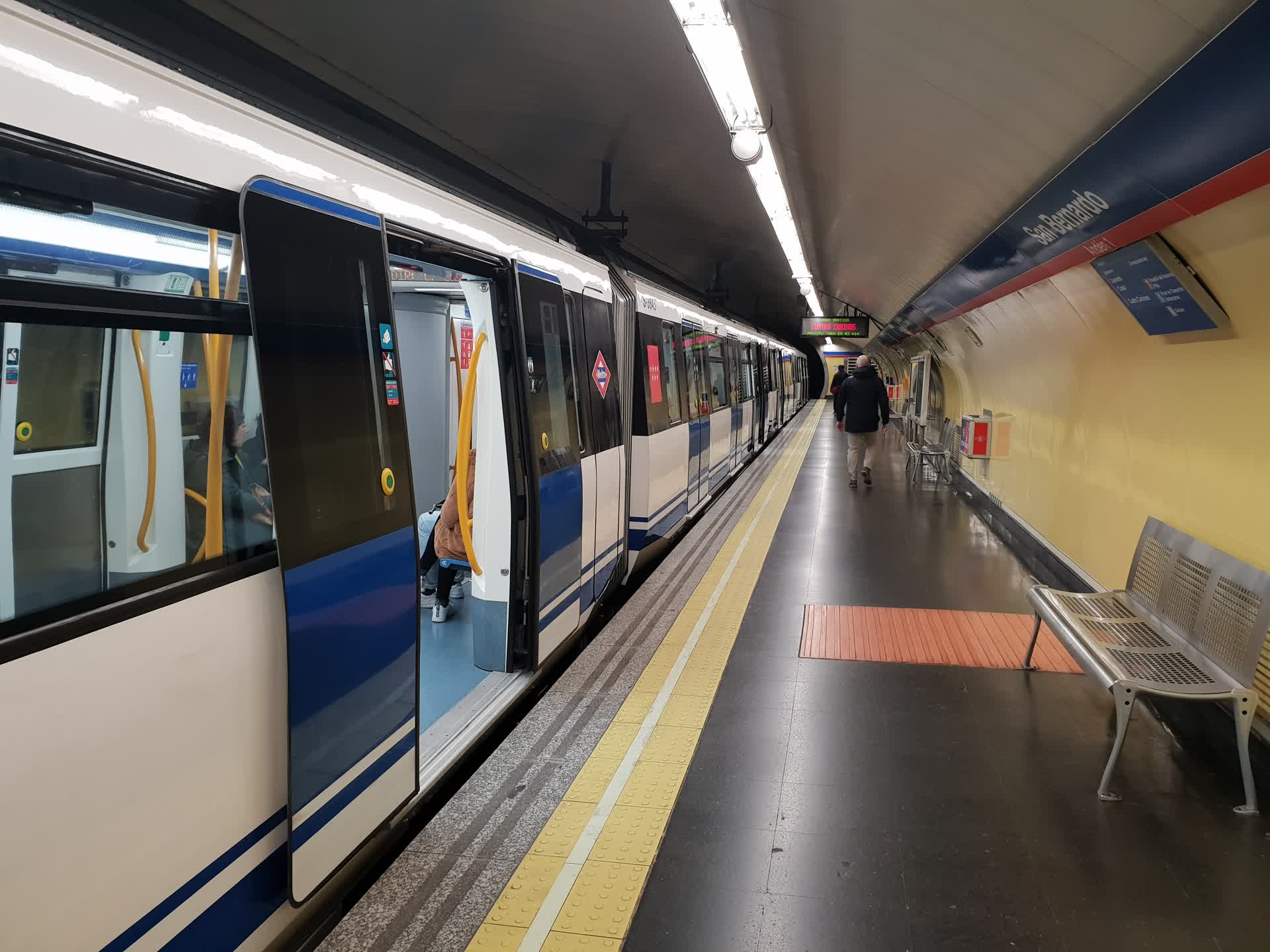
San Bernado Metro Station
As with any European nation, public transport is cheap, reliable and frequent. Spain's metro service is a little confusing at first, but nowhere near as complicated as London's.
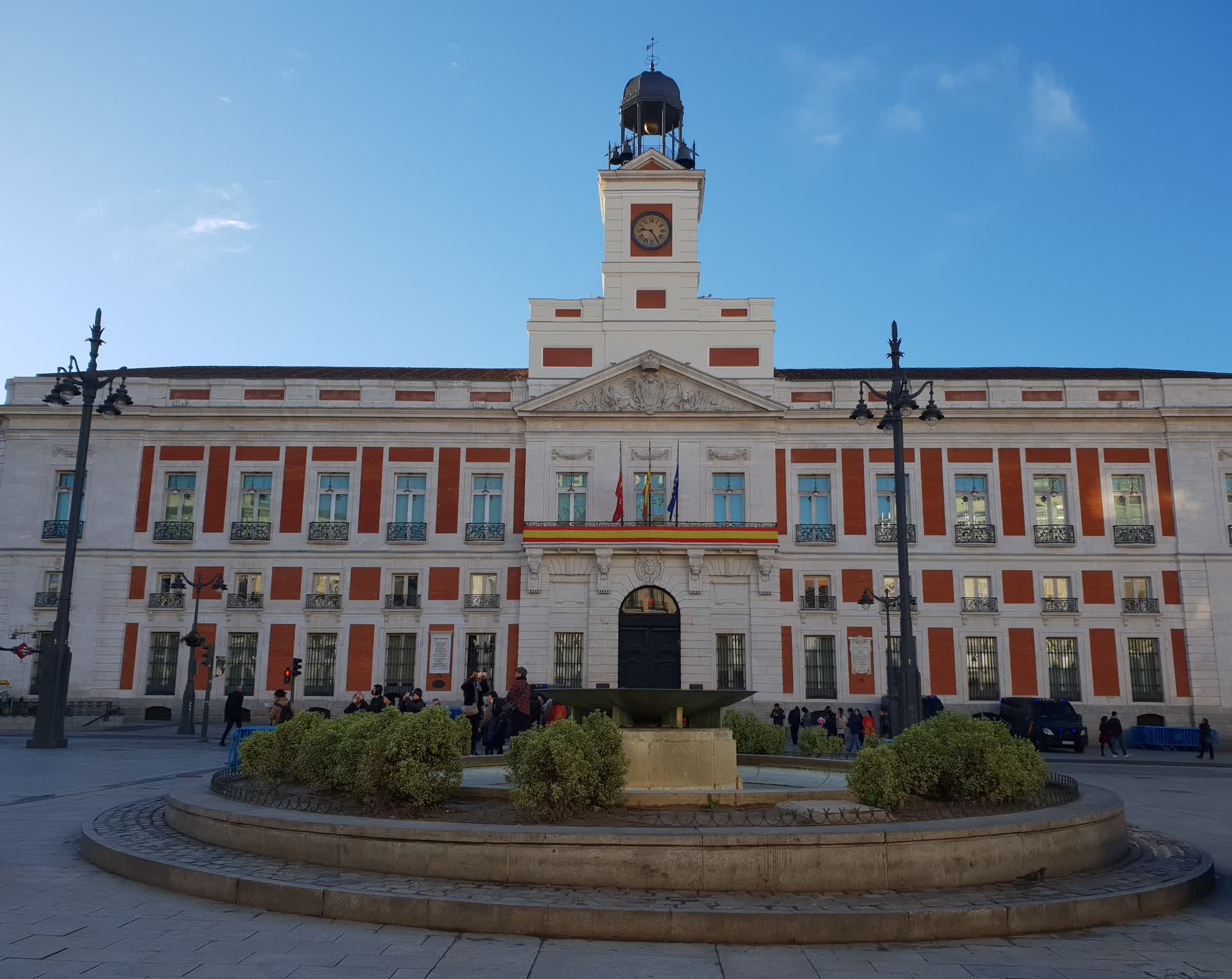
Clock Tower at Puerta del Sol
Located on the Ministry of the Interior building, local Madridians come here to celebrate the New Year. Although, this area has a far more gruesome history during Spain's fascist period, with accounts of tortures and other human rights abuses in the basement of this building.
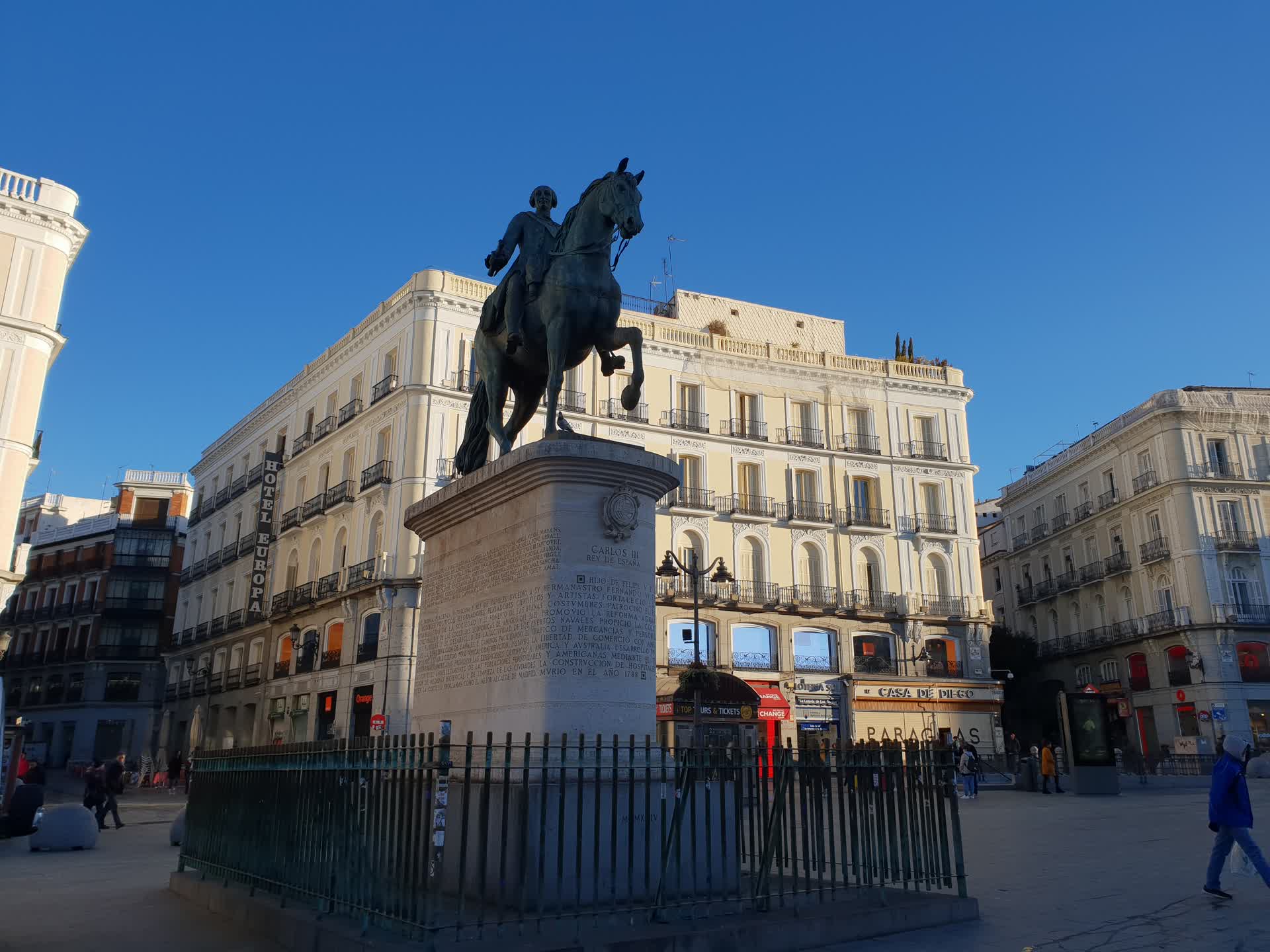
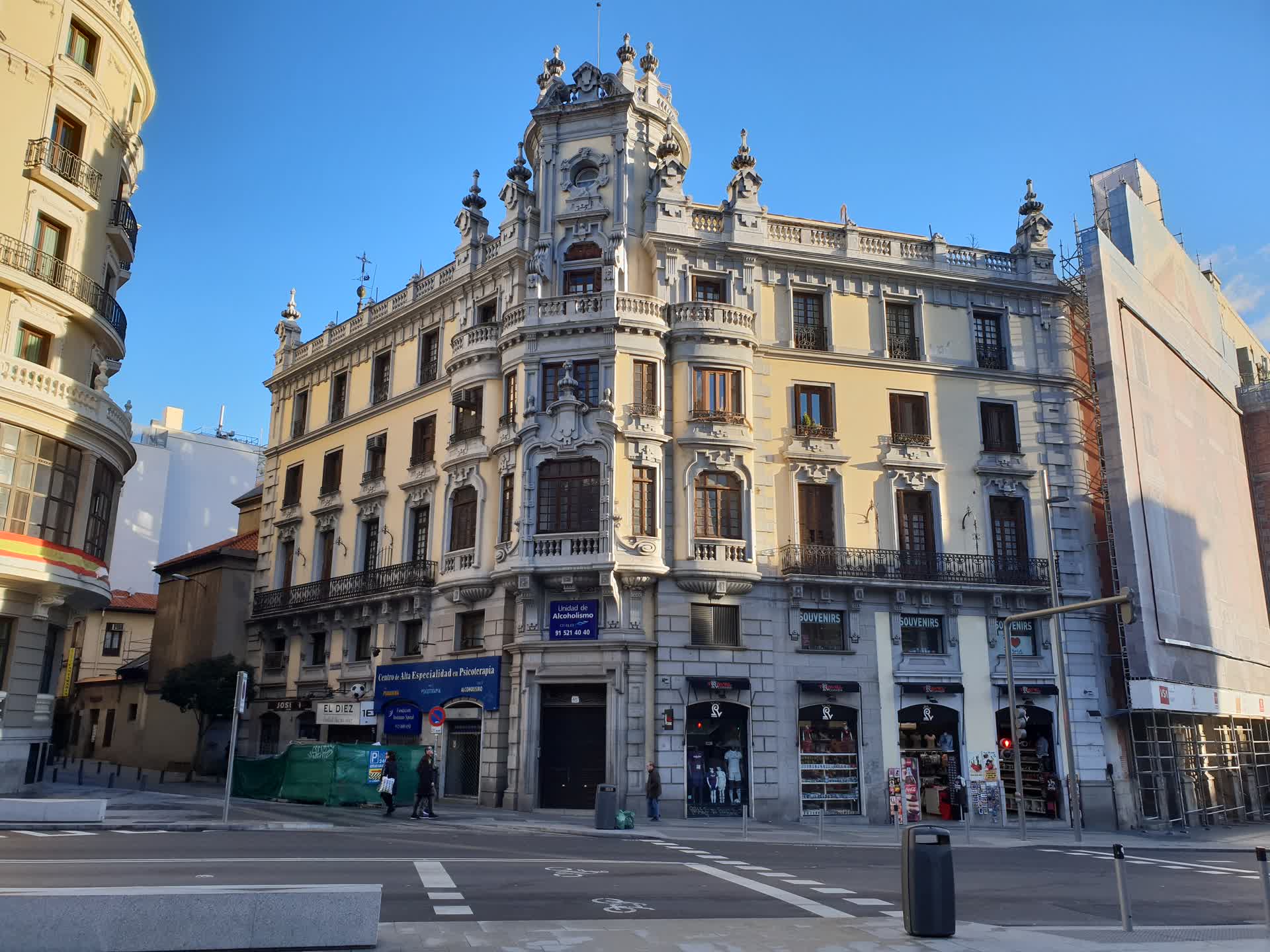
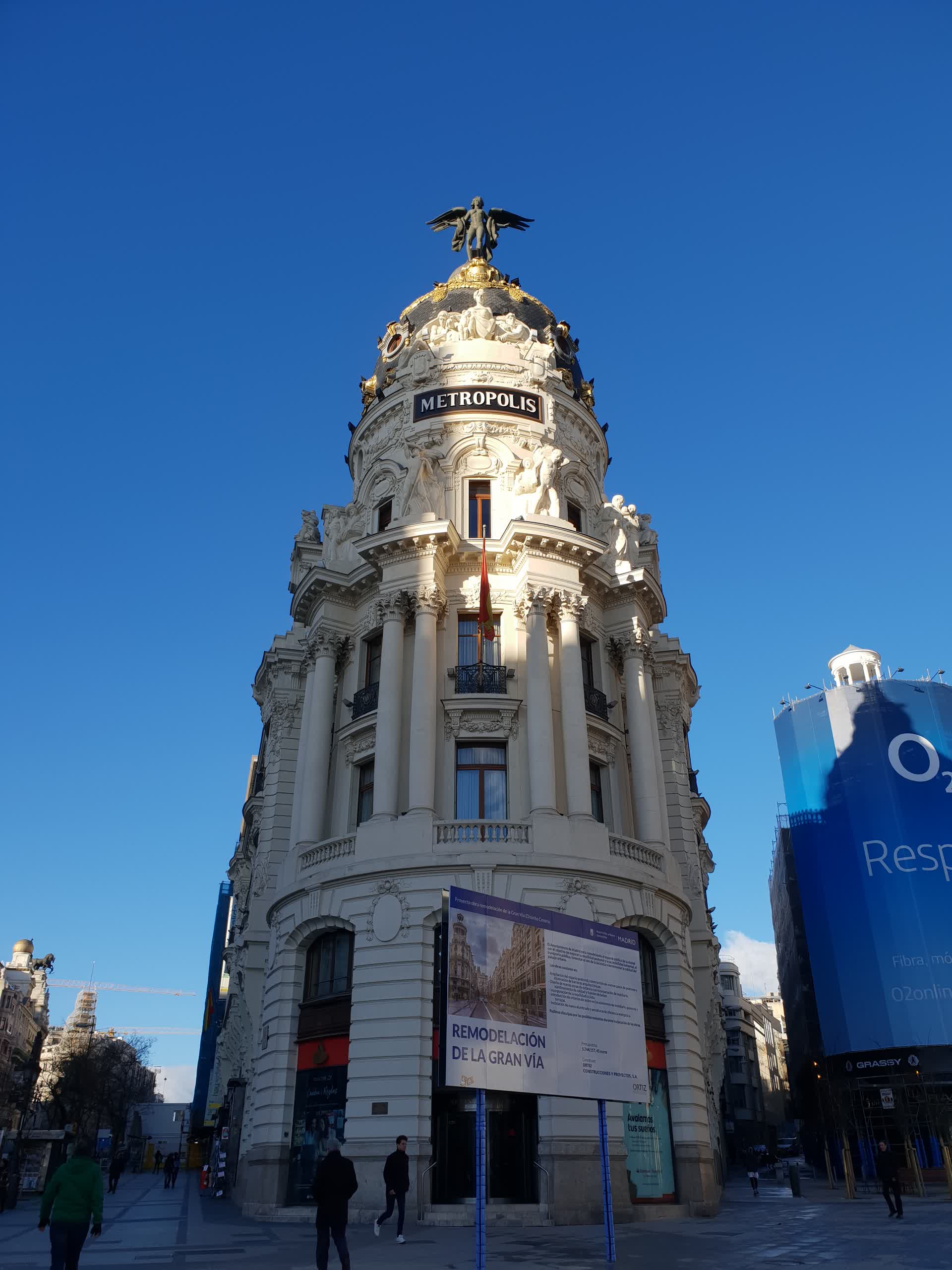
Edificio Metrópolis
Construction of this beautiful turn of the century building was completed in 1911, although its French architectural design was unusual for the time. The rounded cupola is adorned with 30000 leaves of 24 carat gold.
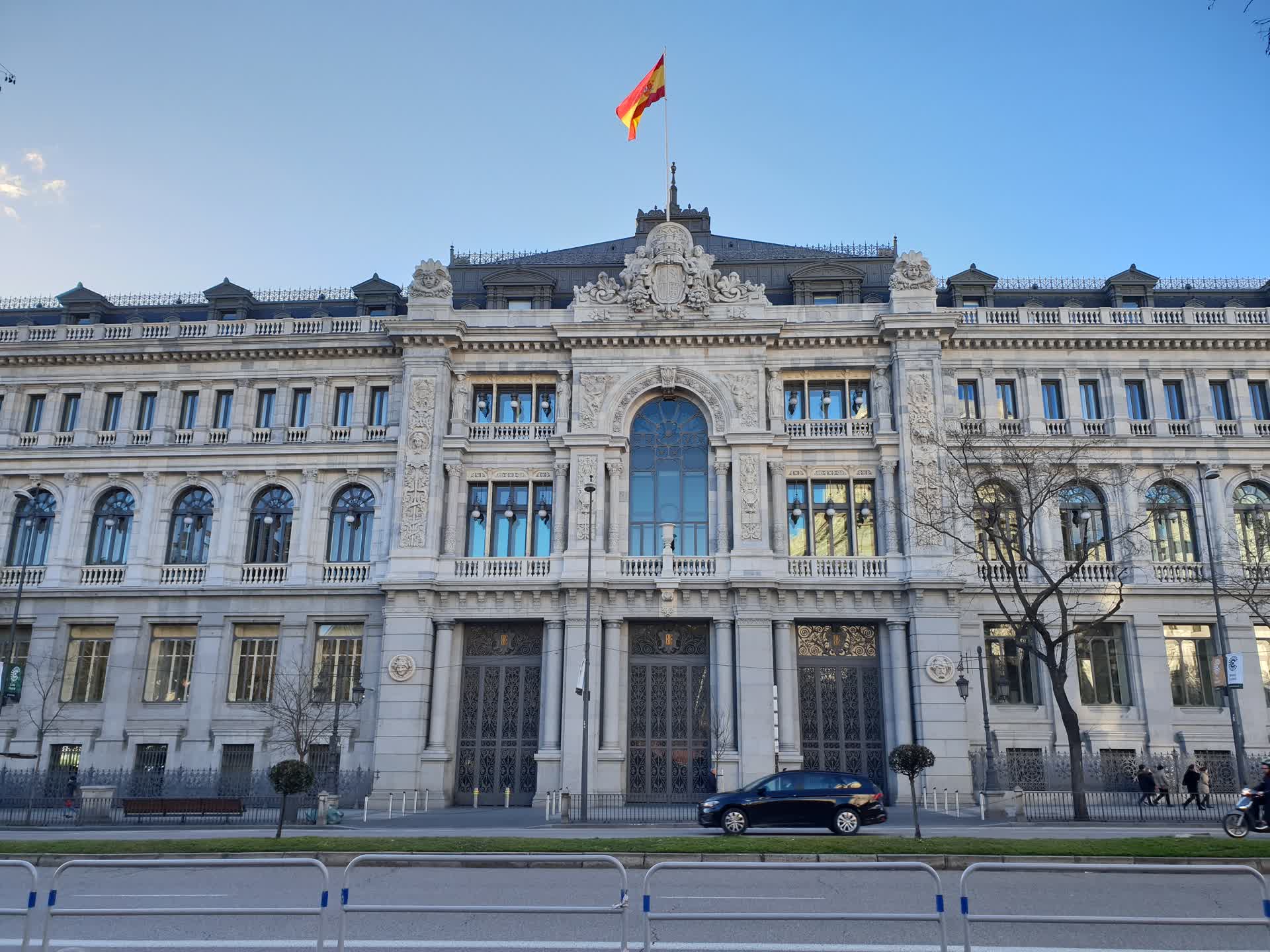
Servicio Ejecutivo de la Comisión de Prevención del Blanqueo de Capitales e Infracciones Monetarias
Or Sepblac for short, this is the government agency tasked with investigating allegations of money laundering. Didn't realise it was that big of an issue in Spain.
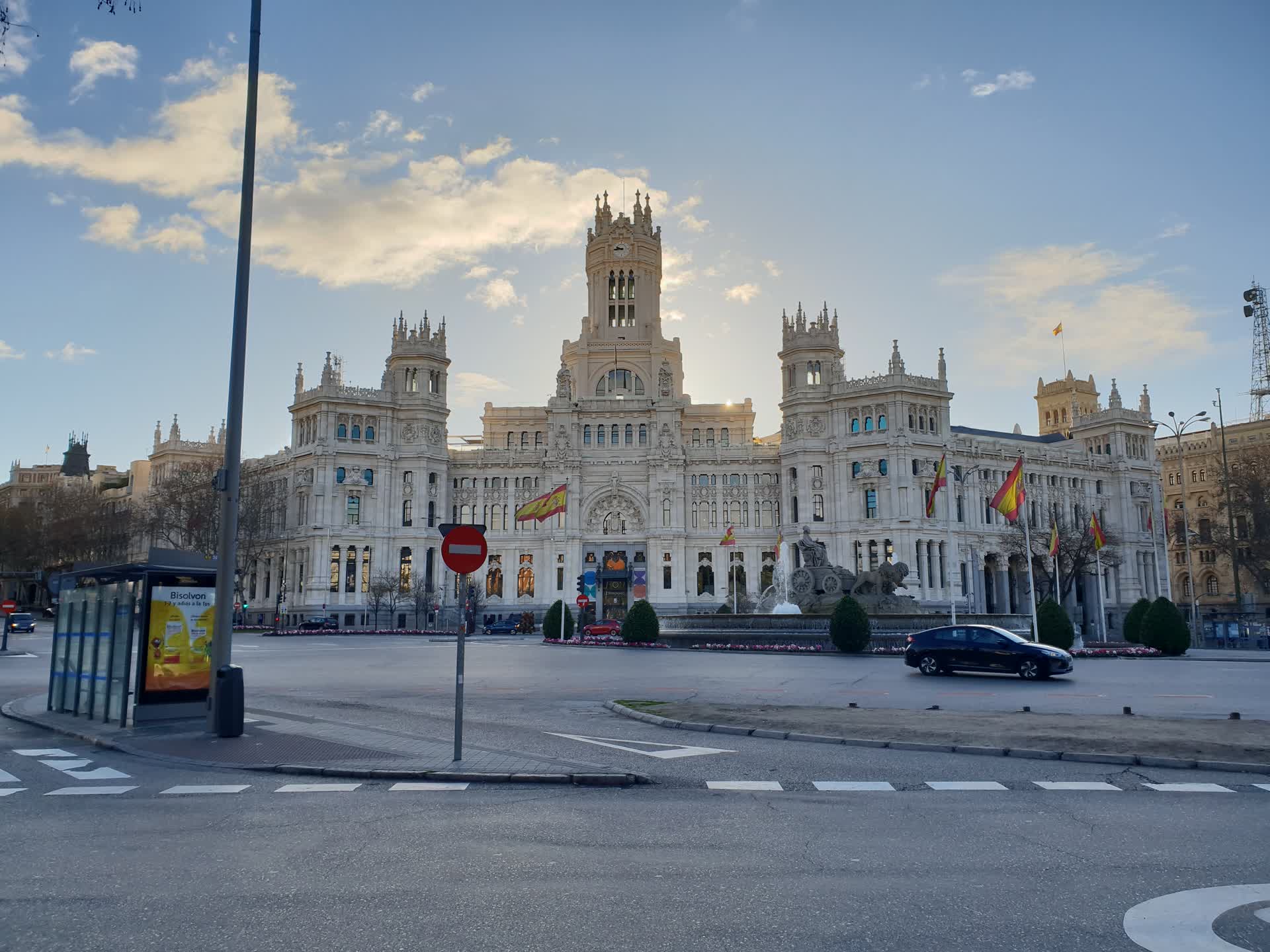
Plaza de Cibeles
An icon of Madrid, Plaza de Cibeles is a neoclassical behemoth of a building, adorned with marble statues.
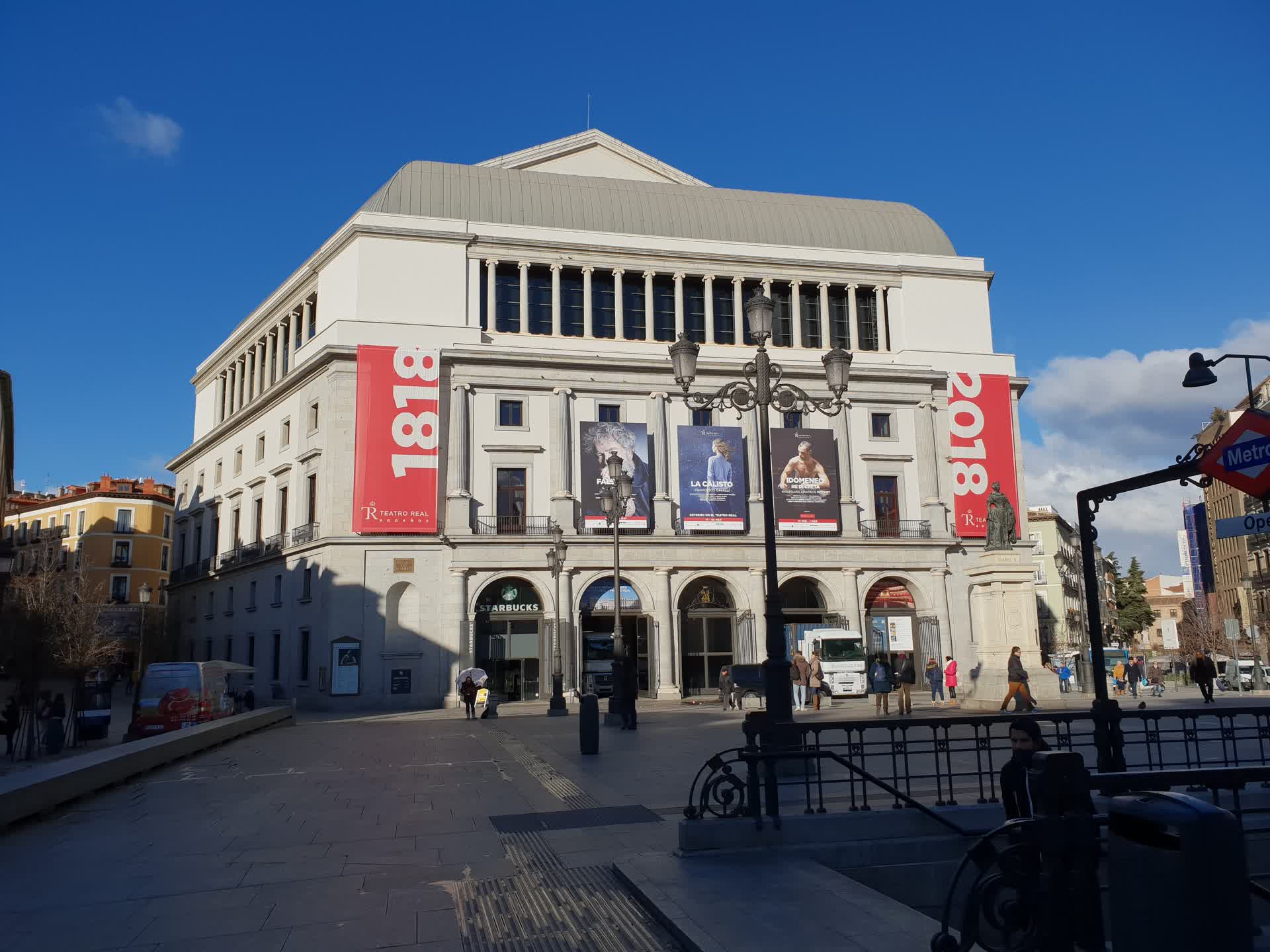
Teatro Real
Or Royal Theatre for us anglophones, is a major opera house. Founded by King Ferdinand VII, it took 32 years to build, finally opening in 1850. It shut down from 1925 to 1966, and once again in 1988 to 1997.
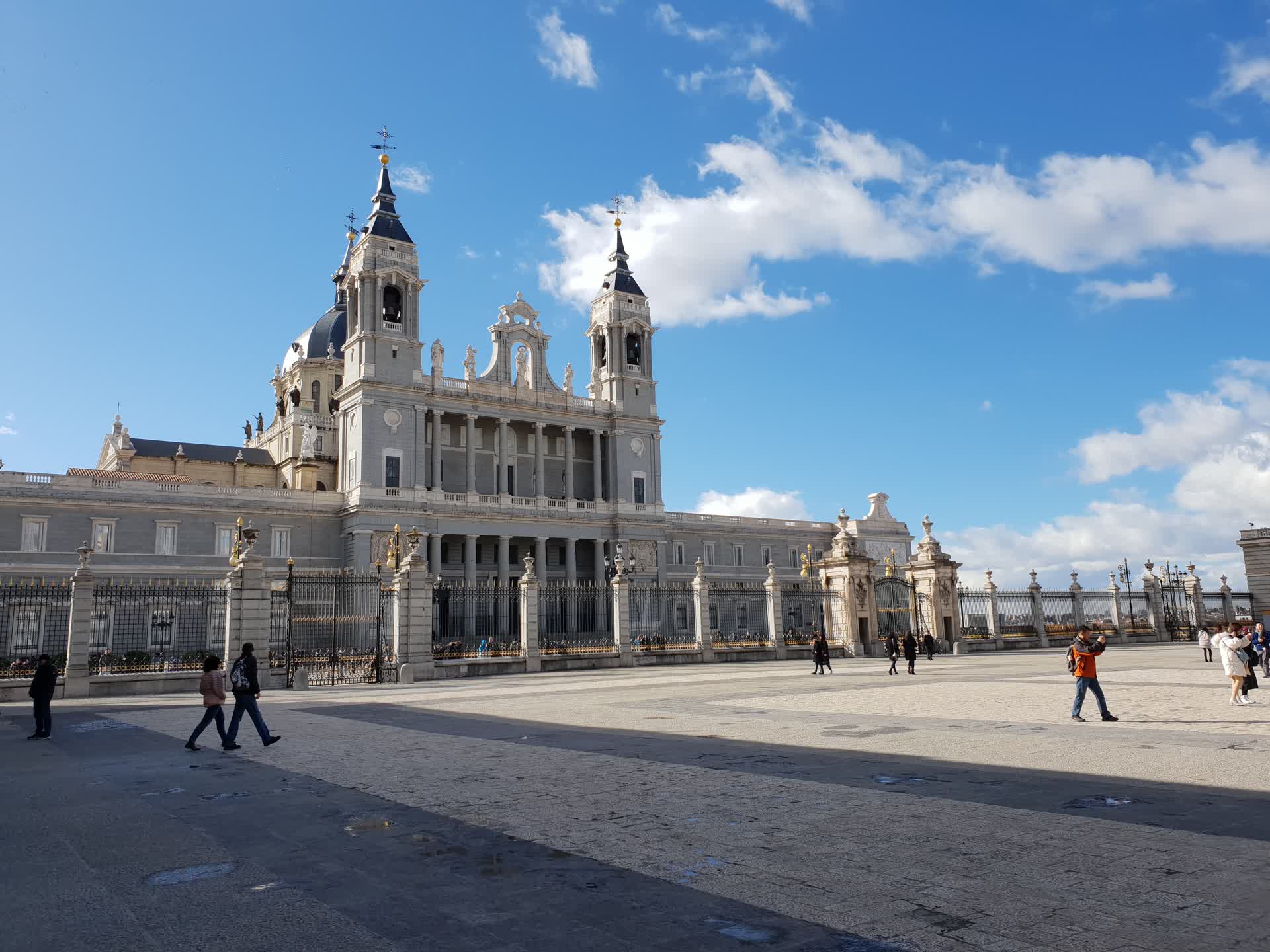
Almudena Cathedral
In 1561, when the capital of Spain was changed from Toledo to Madrid, King Felippe II wanted a new cathedral in the newly minted capital. Plans were discussed for over 2 centuries for a cathedral to commerorate Virgin of Almudena, however construction did not begin till 1879. The site originally hosted Madrid's first mosque.
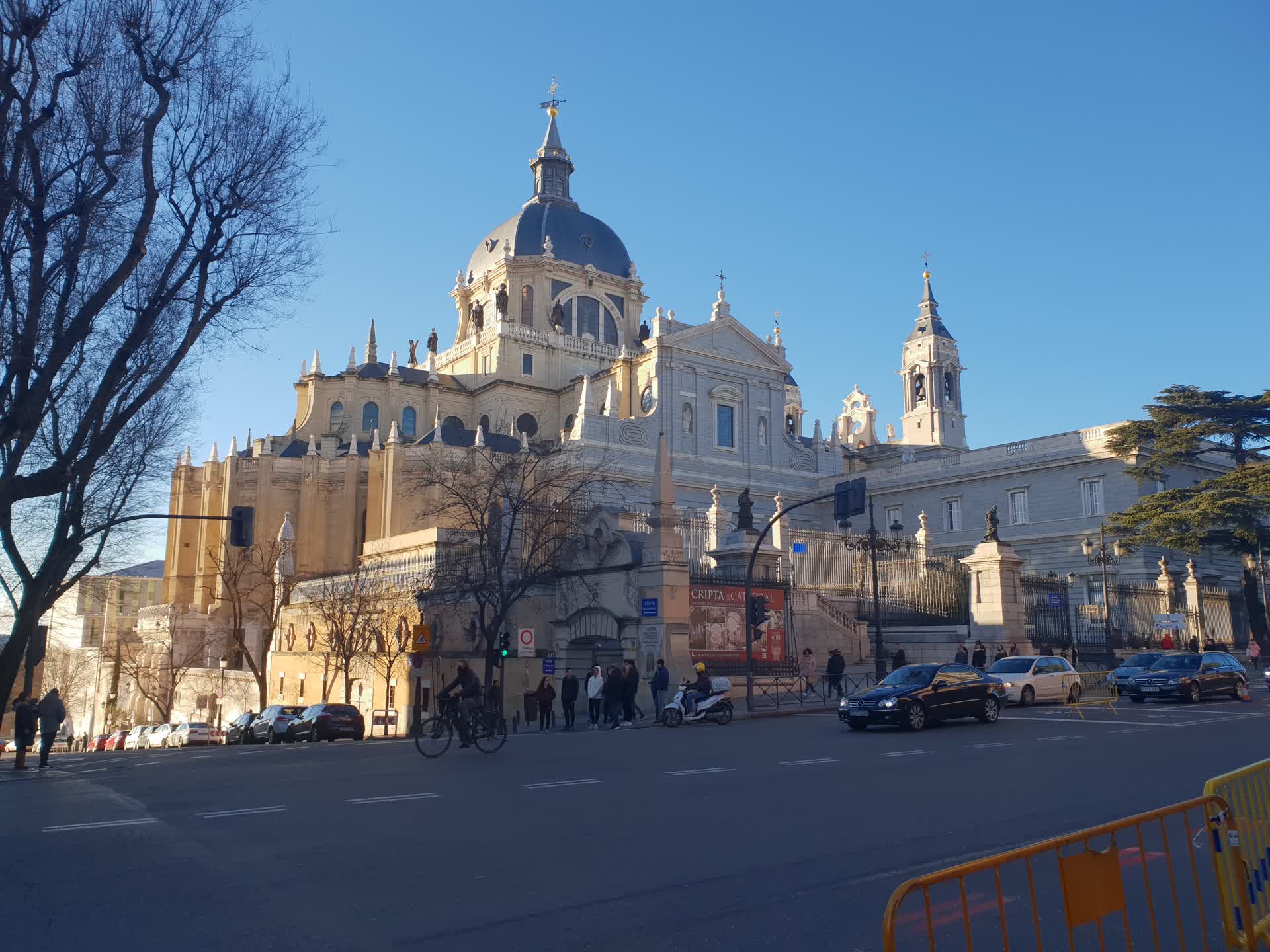
Almudena from the Back
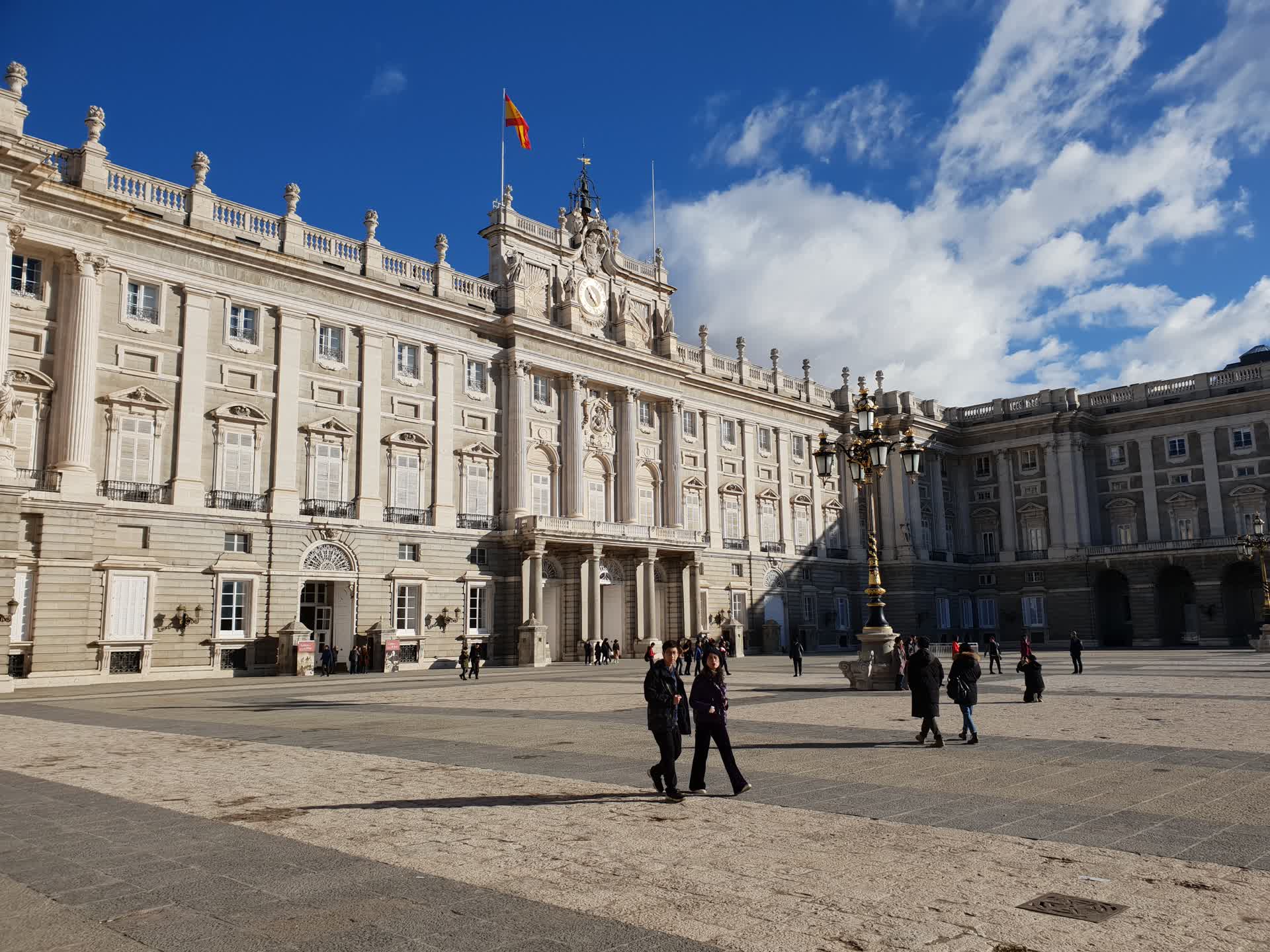
Palacio Real de Madrid
The official residence of the Royal Family in Madrid, but currently only used for state ceremonies. Containing 3418 rooms, and a square footage of over 1,450,000, it is by far one of the largest palaces in Europe.
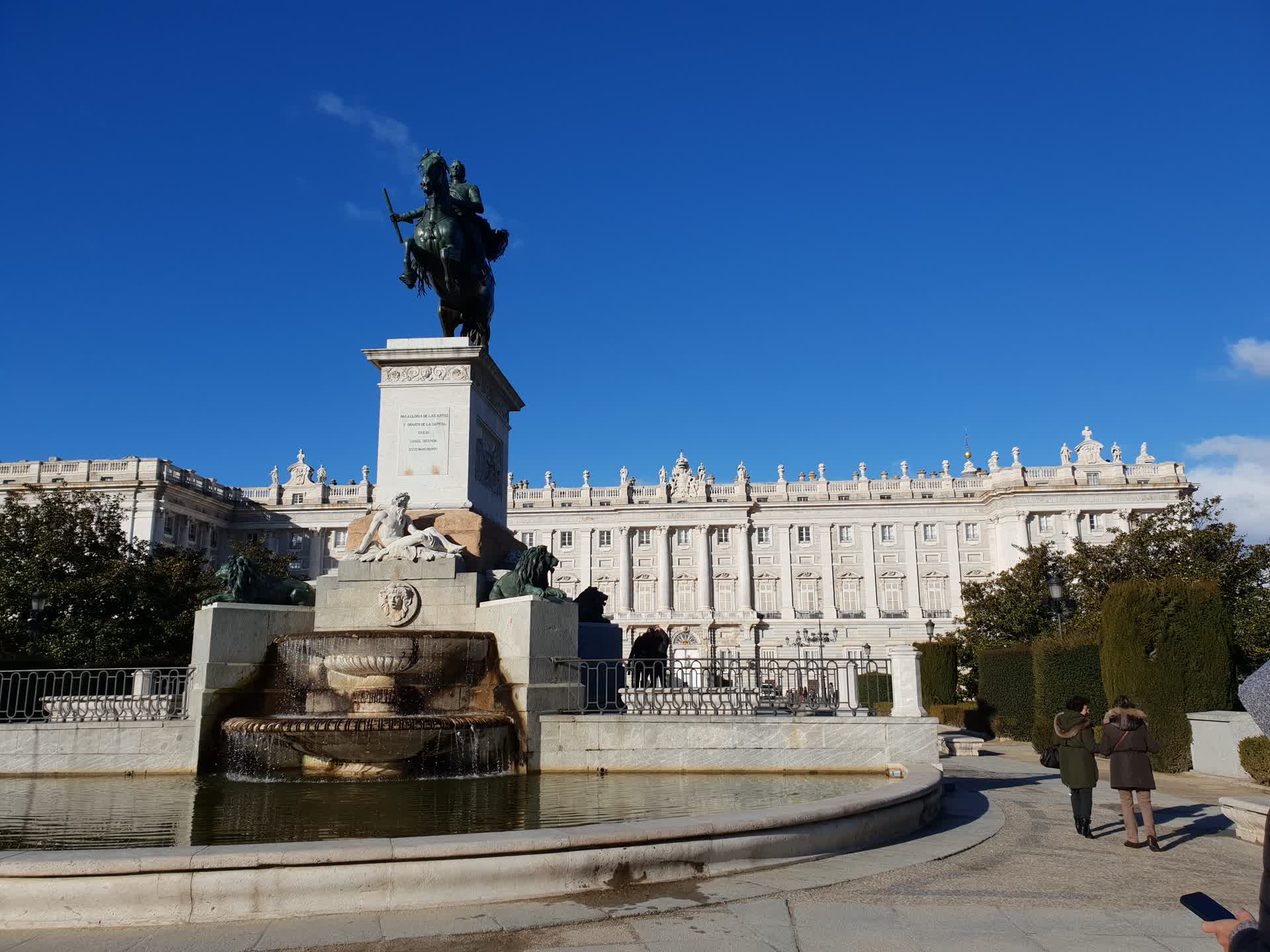
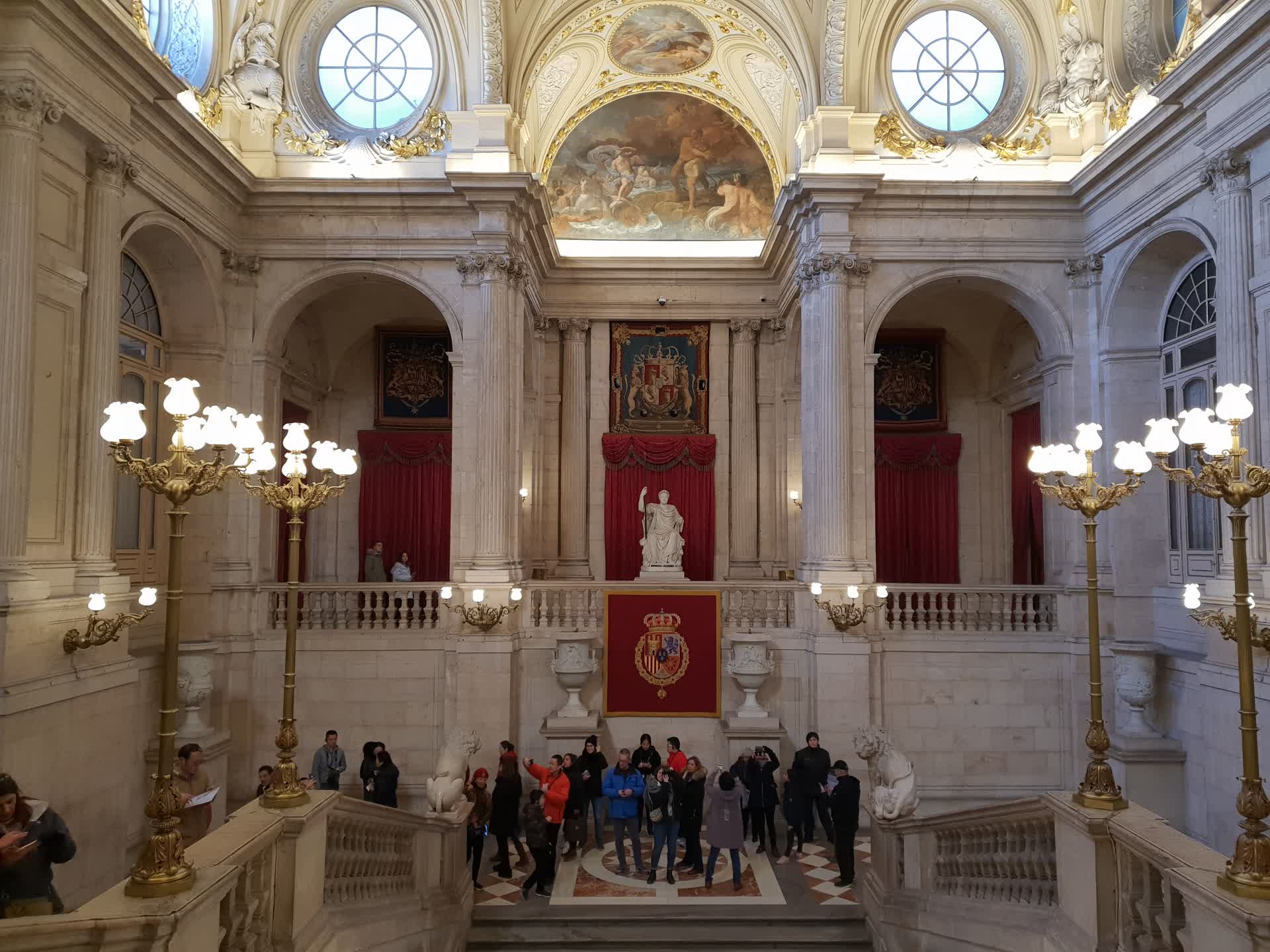
Lobby of Palacio Real de Madrid
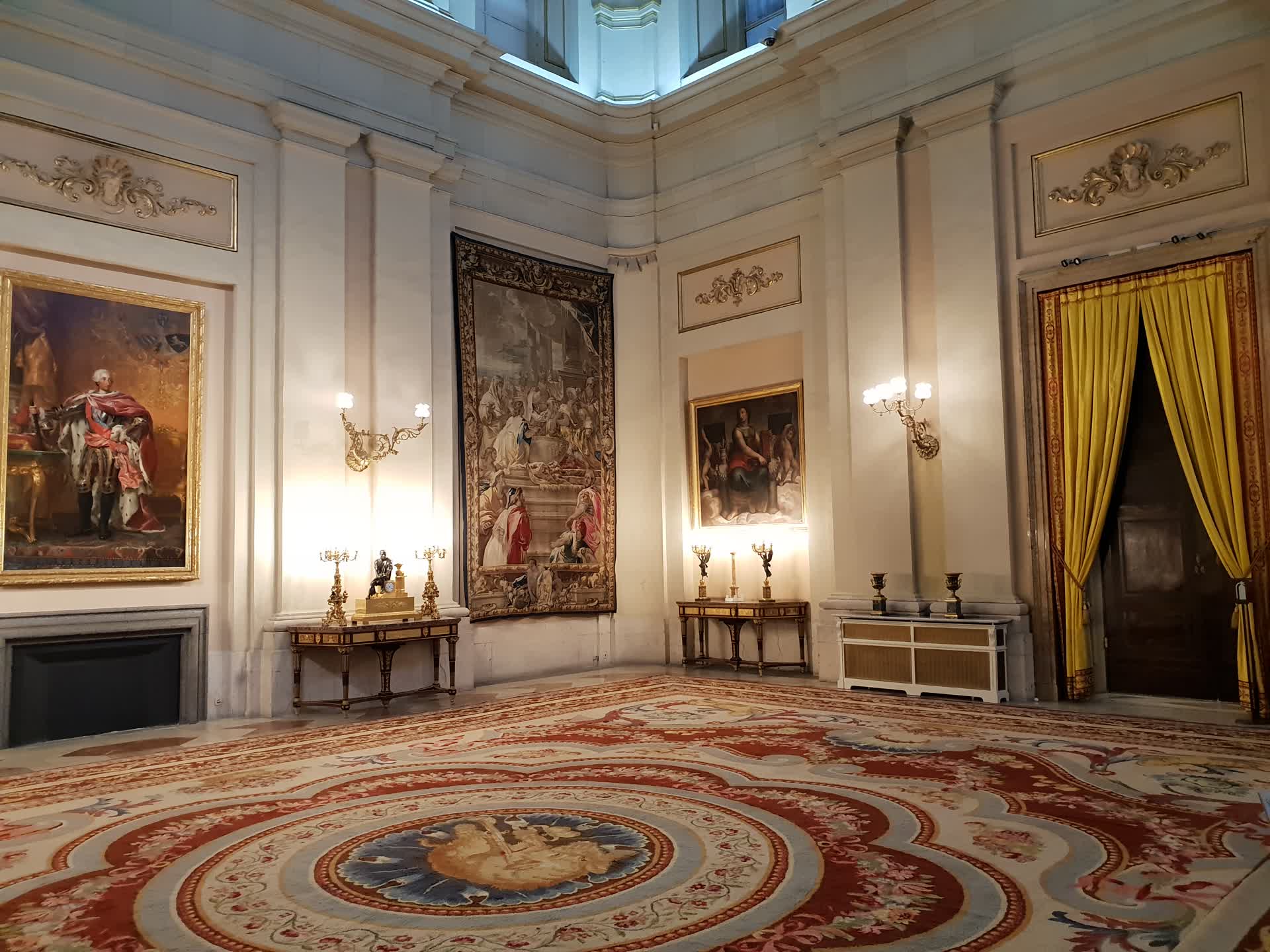
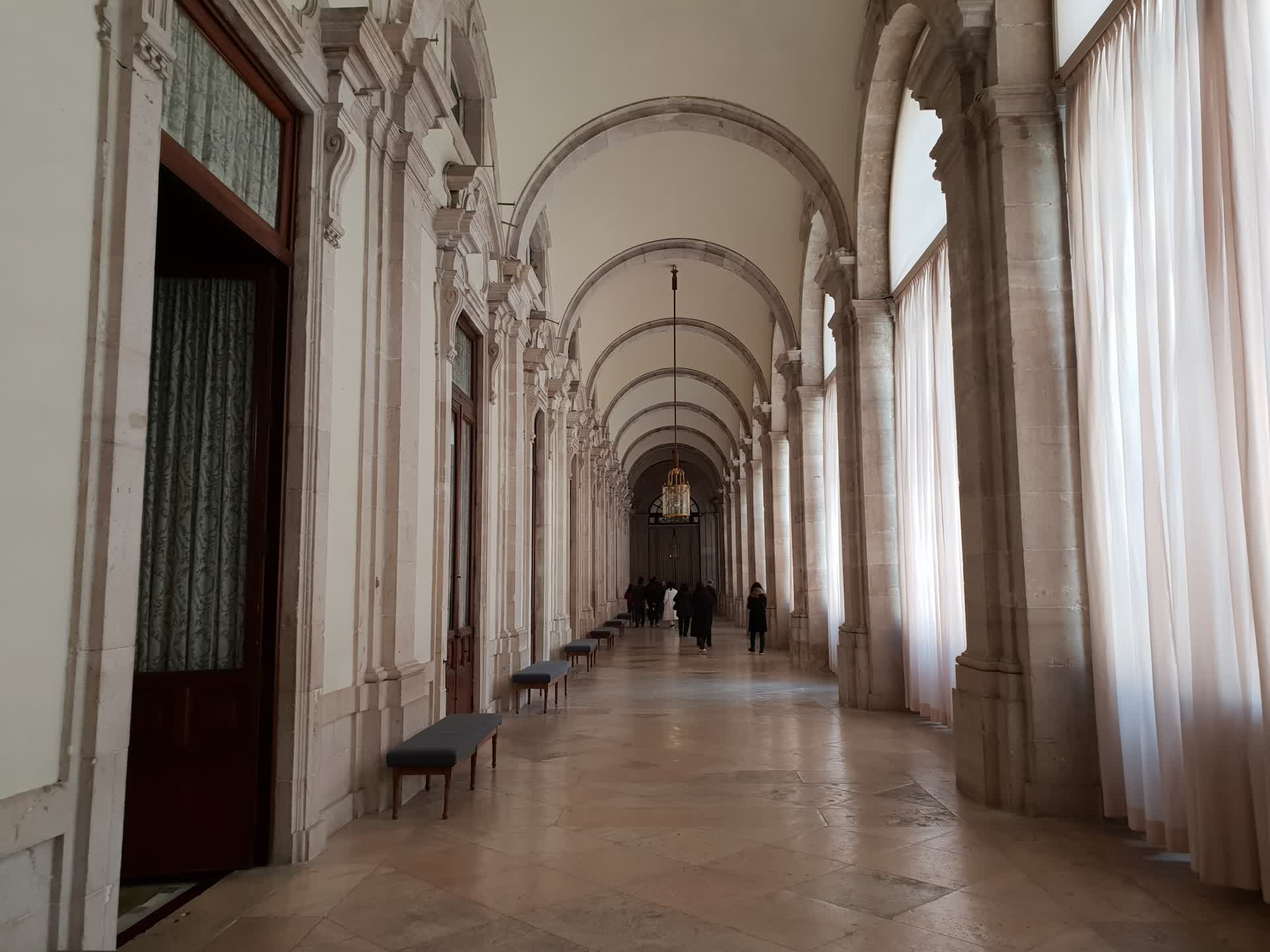
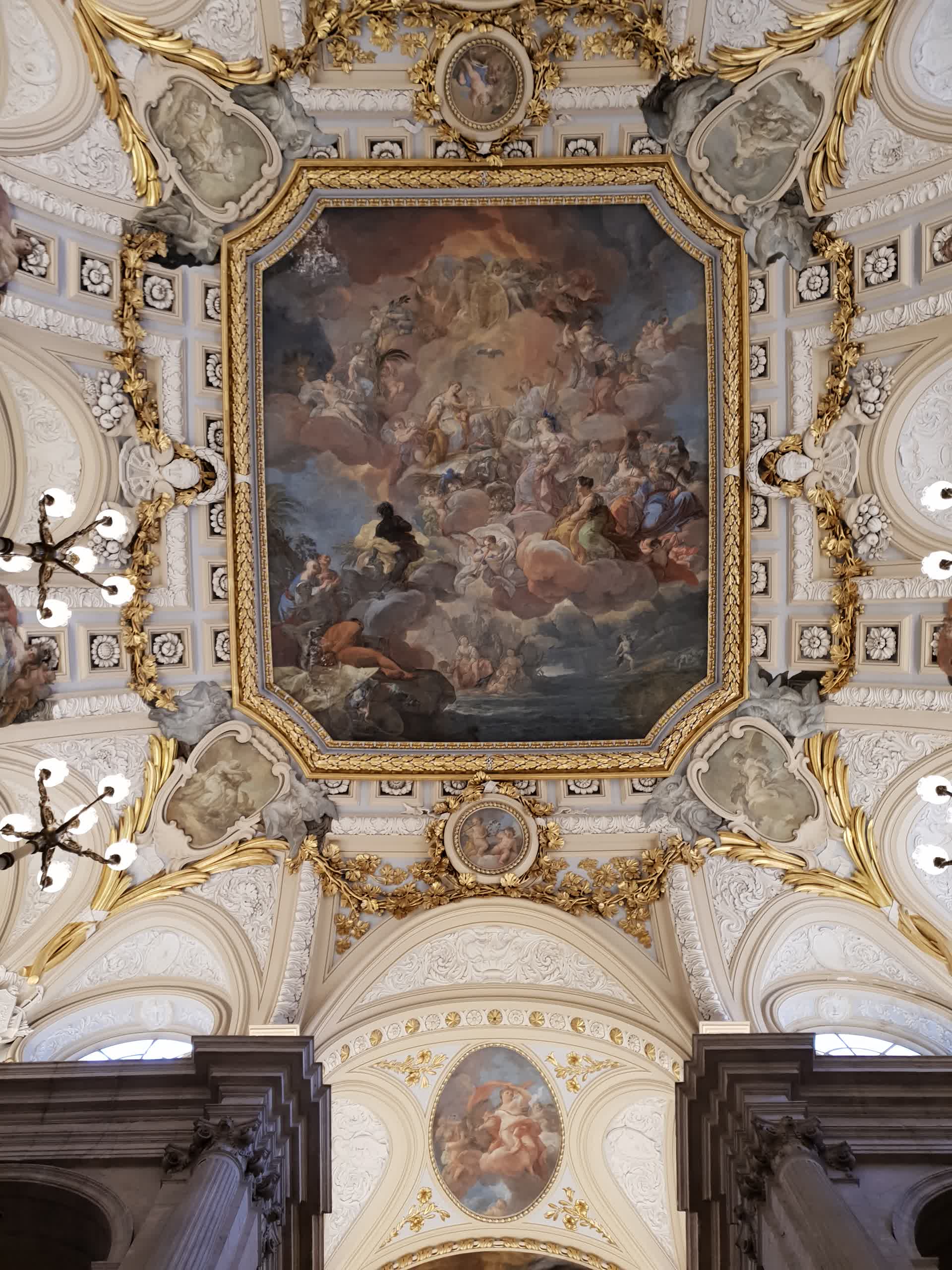
Ceiling Paintings inside Palacio Real de Madrid
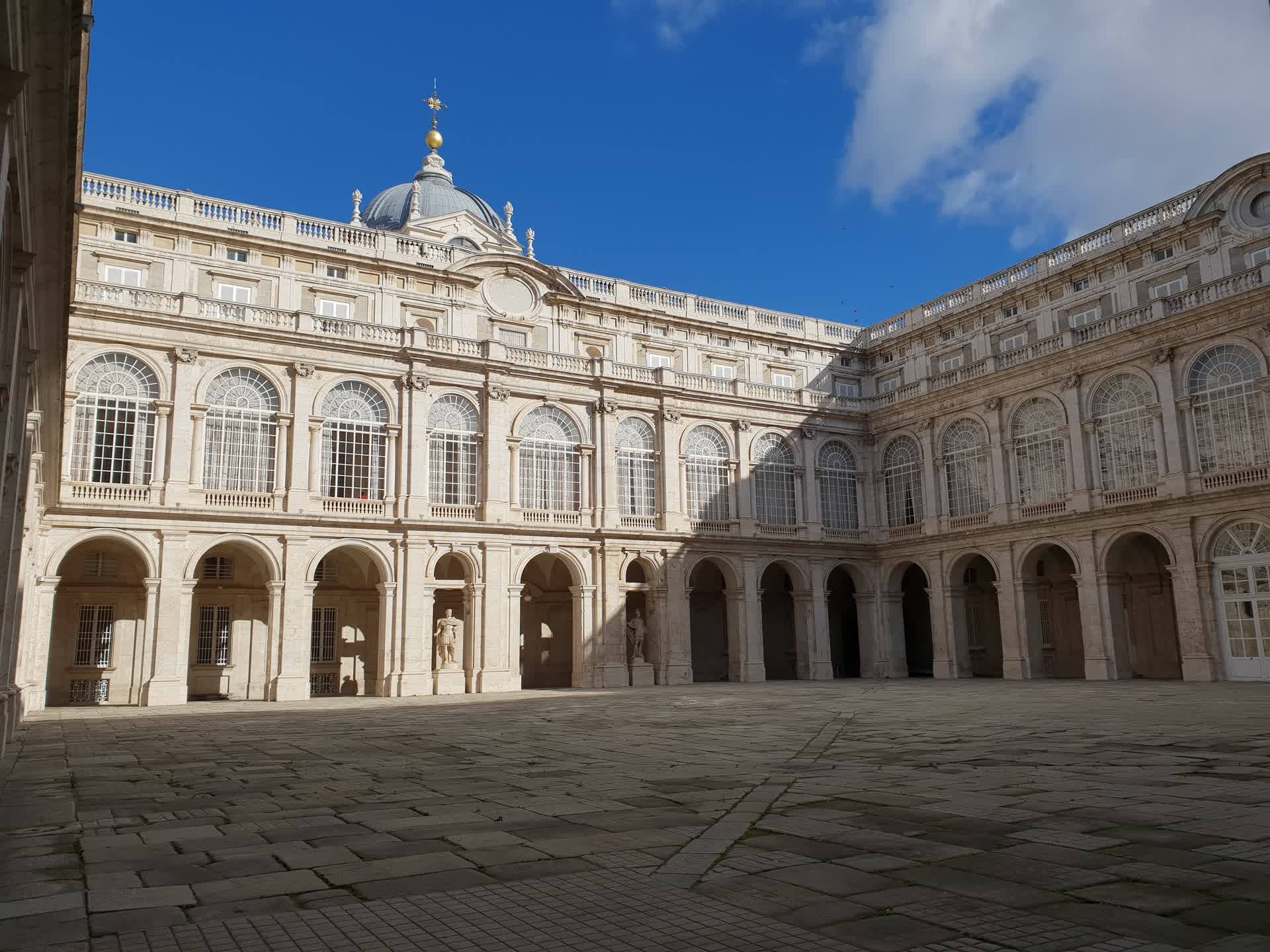
Courtyard of Palacio Real de Madrid
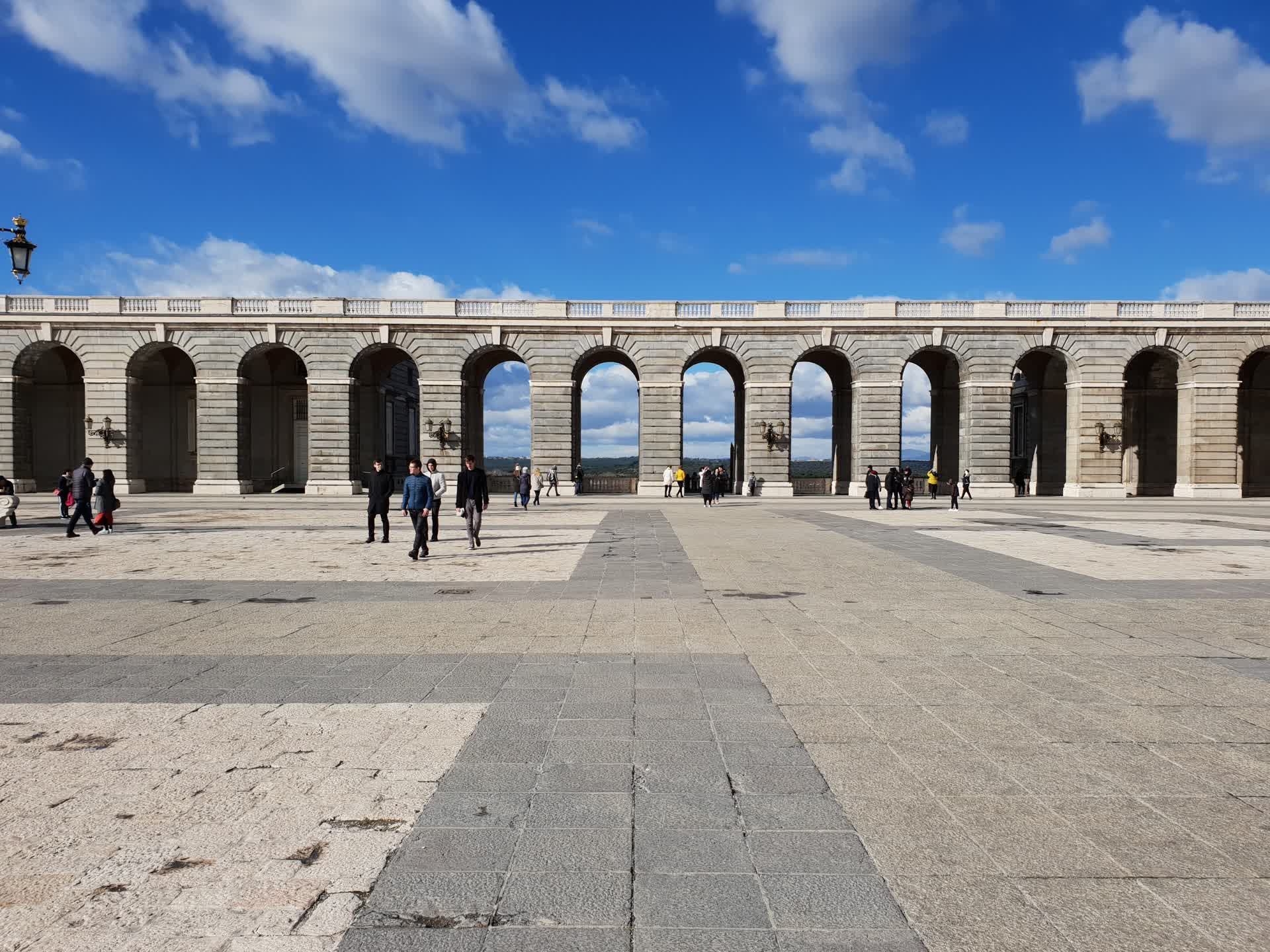
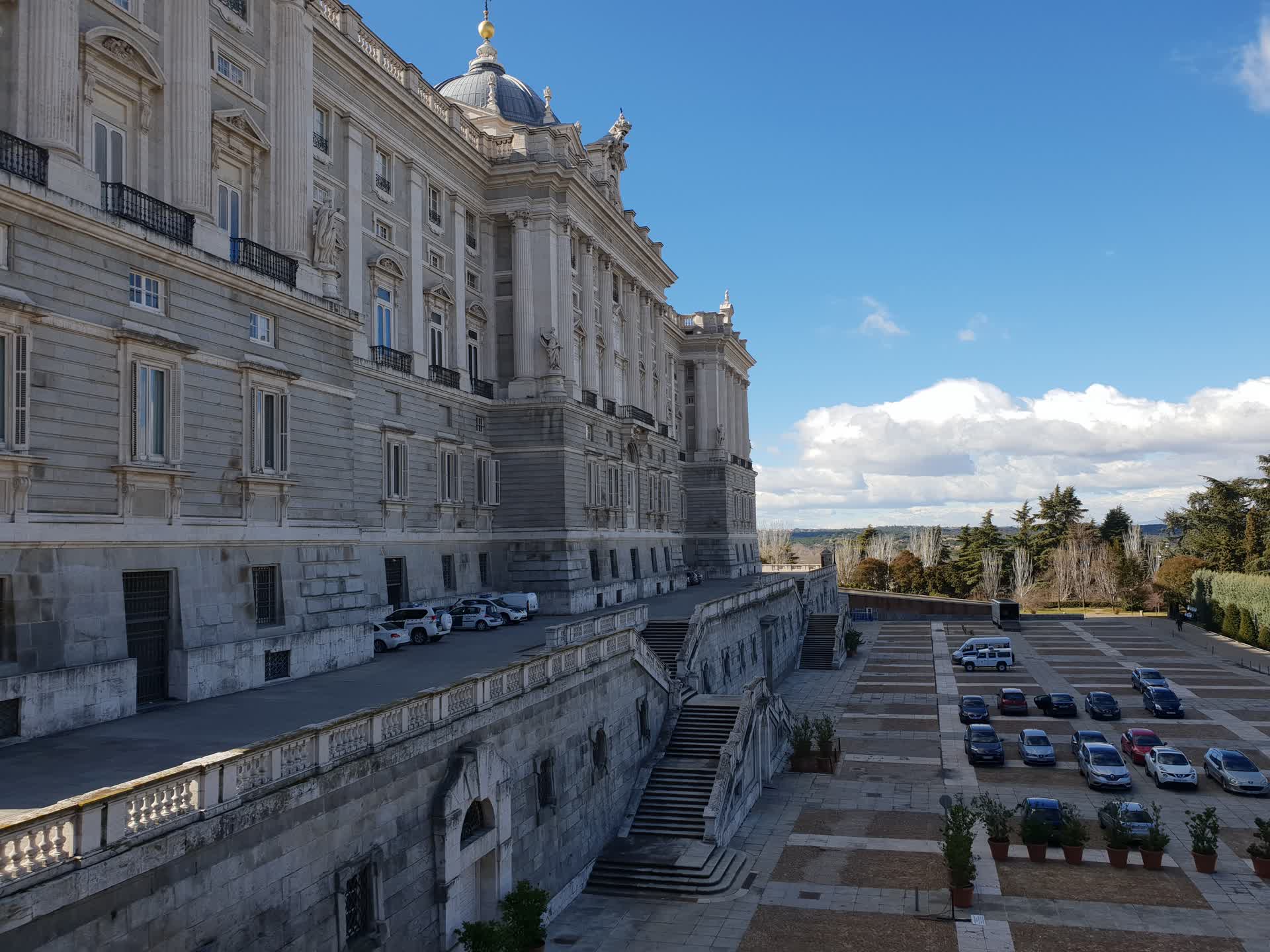
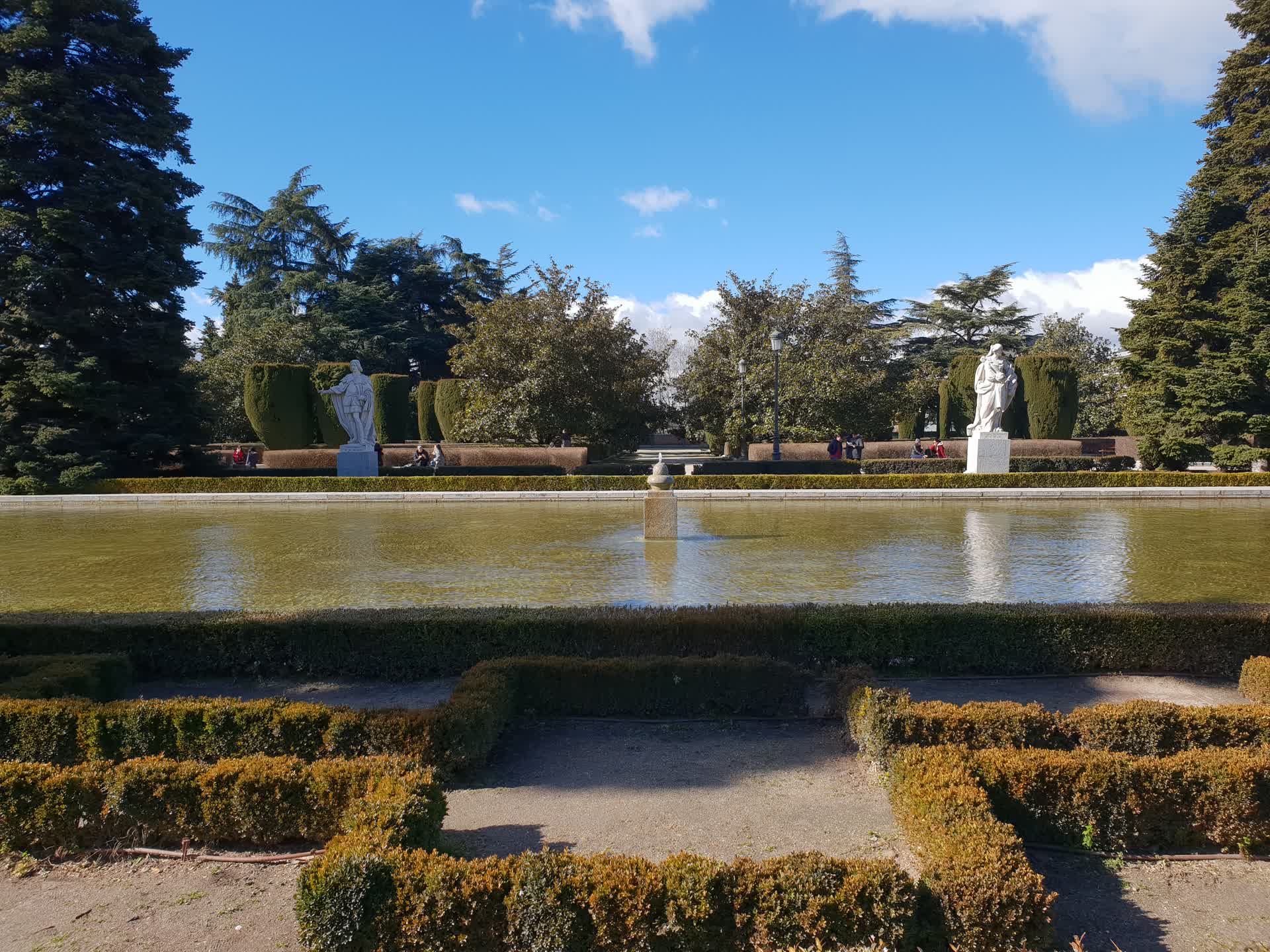
Jardines de Sabatini
Honouring the 18th century Italian architect Francesco Sabatini, who designed not only this garden, but many other works in the palace, this garden was opened up to the public in 1978 by King Juan Carlos I.
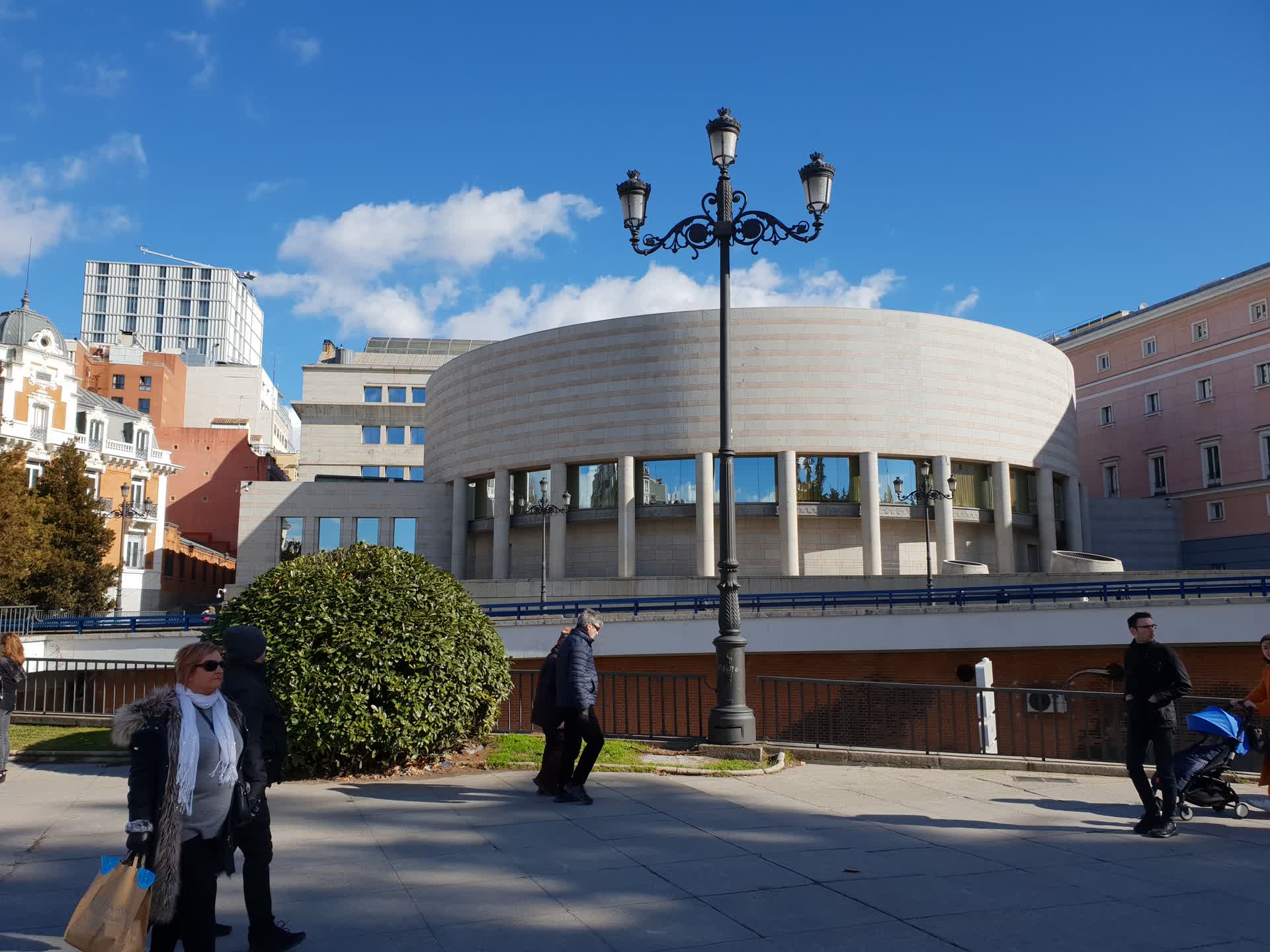
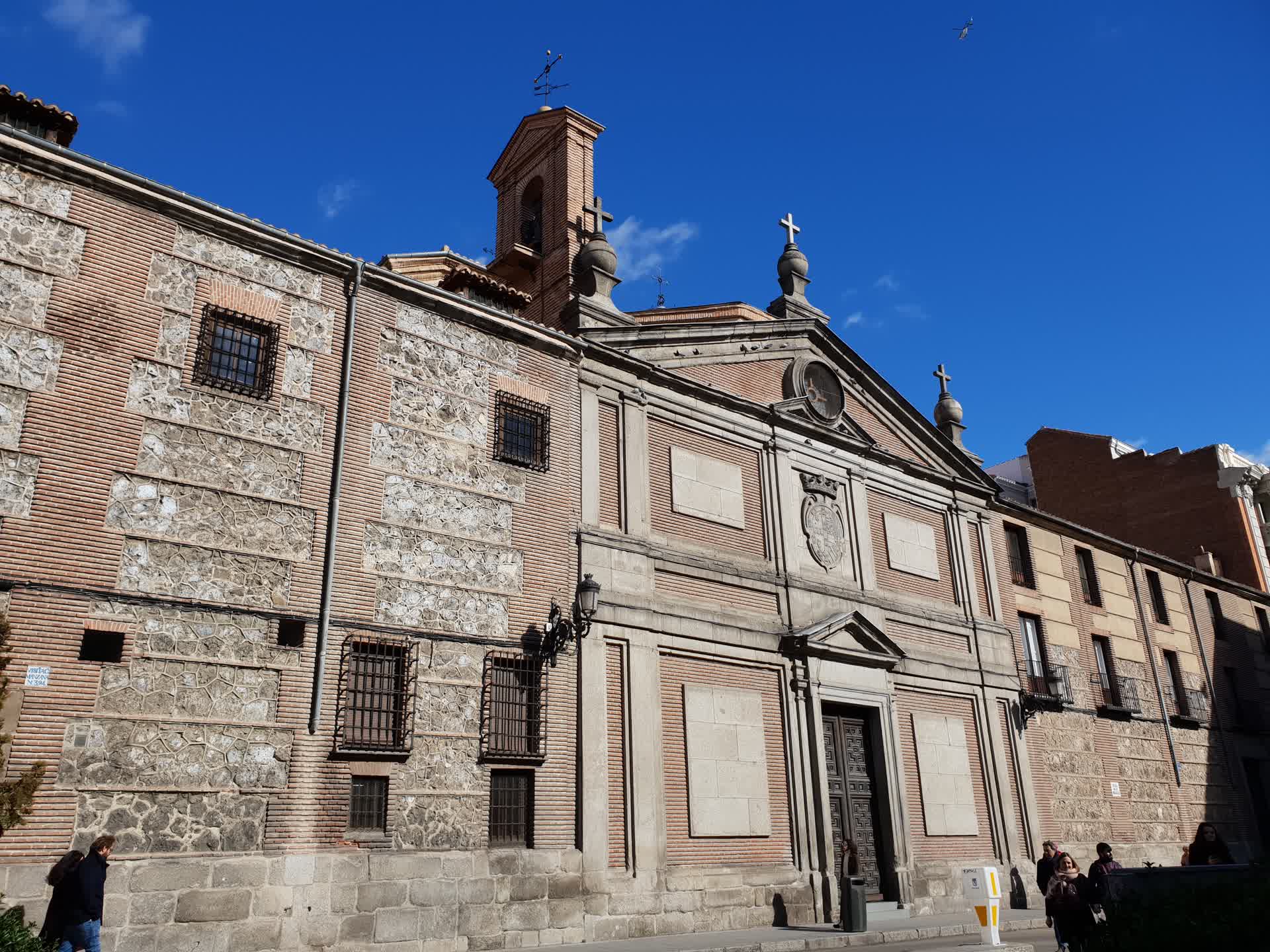
Monasterio de las Descalzas Reales
The Convent of Las Descalzas Reales, is a royal monastery founded by Joanna of Austria, ontop of the palace of her father (Holy Roman) Emperor Charles V.
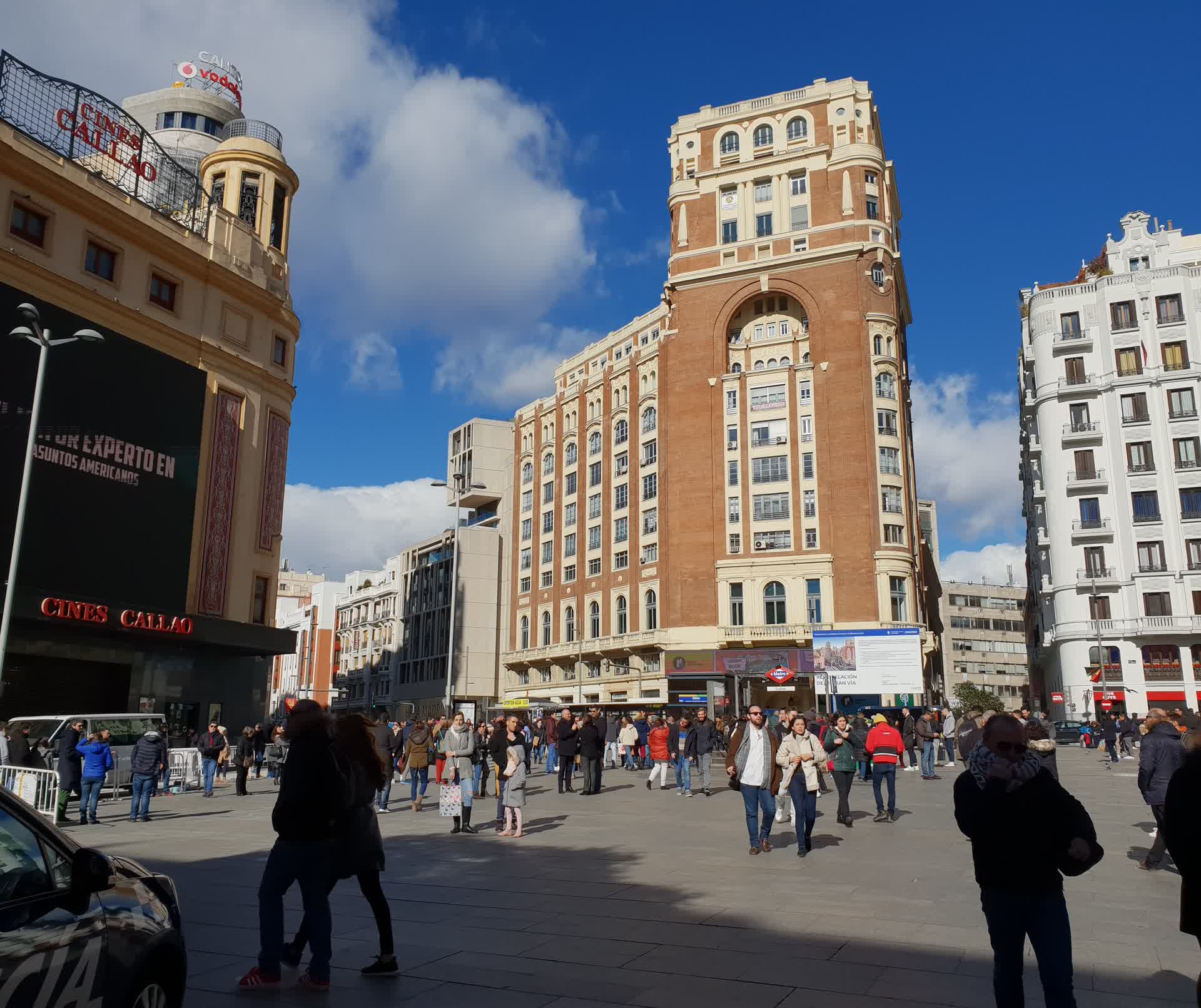
Plaza del Callao
Located at the centre of the Spanish capital of Madrid, this glitzy advertisement laden plaza is home to theatres, high-price department stores and wonderful little stalls.
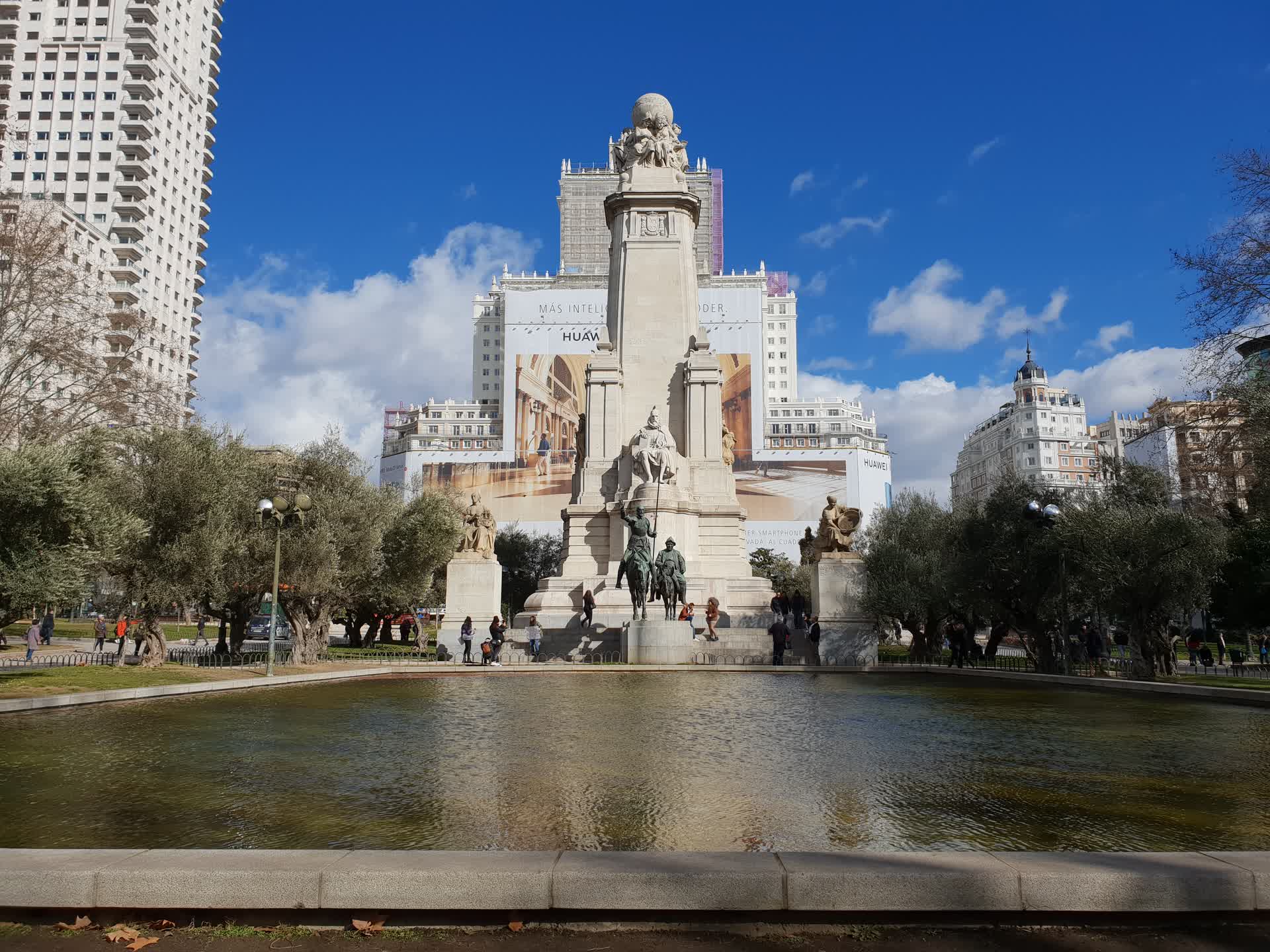
Monumento Cervantes
Commissioned by King Alfonso XIII in 1915 to celebrate the 300th anniversary of the publication of the second part of Don Quixote.
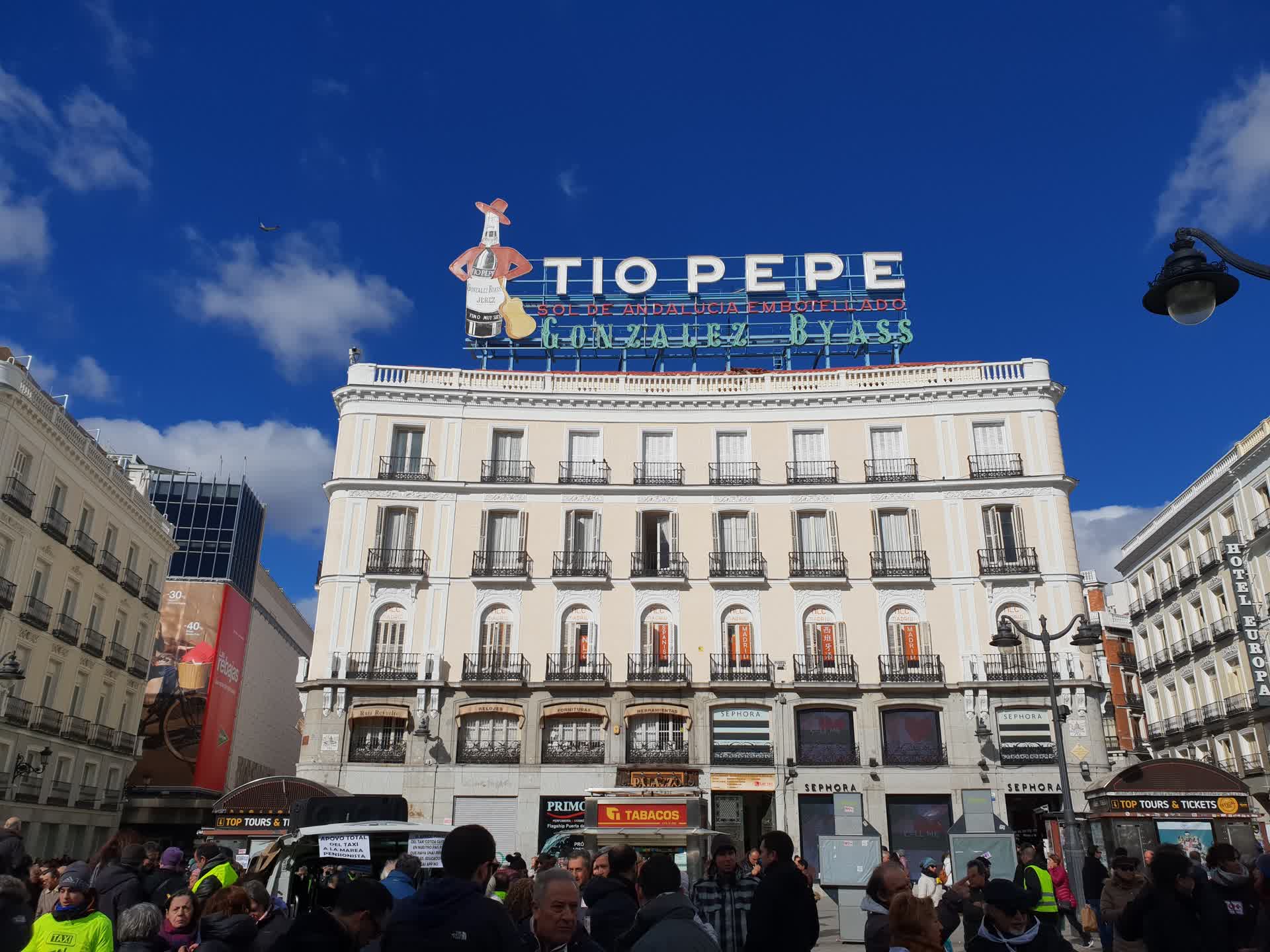
Tio Pepe
First erected in 1935 to mark the centenary of Gonzalez Byass, this iconic sign of Madrid sits in opposite to the Clock Tower in Puerta del Sol.
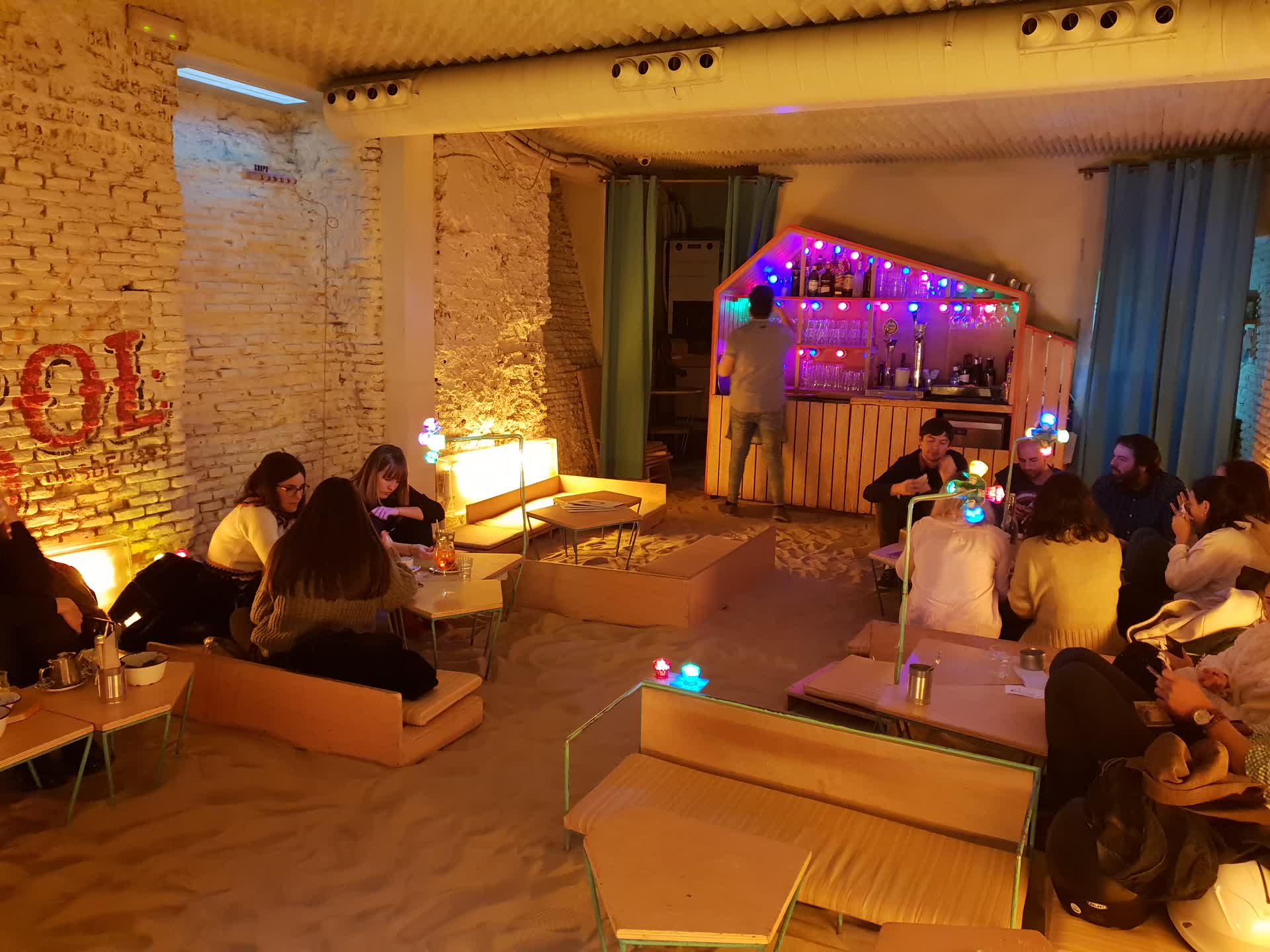
Ojalo
A Spanish restaurant, where you dine in the sand-filled basement. Not that extraordinary, but still a very noteworthy part of my trip.
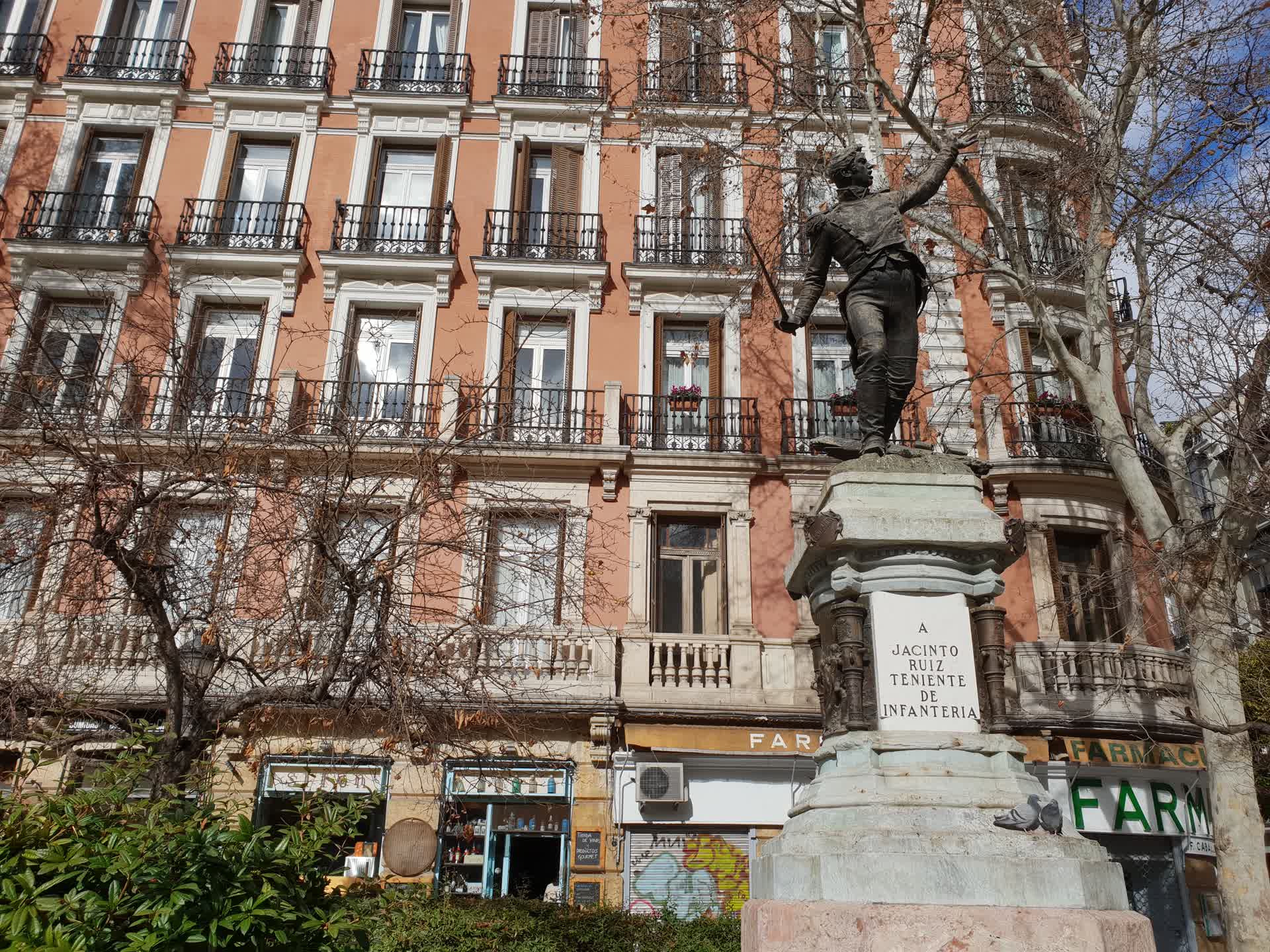
Estatua Del Teniente Jacinto Ruiz
Made of marble and bronze, this sculpture was unveiled in 1891 to commemorate Lieutenant Jacinto Ruiz Mendoza.
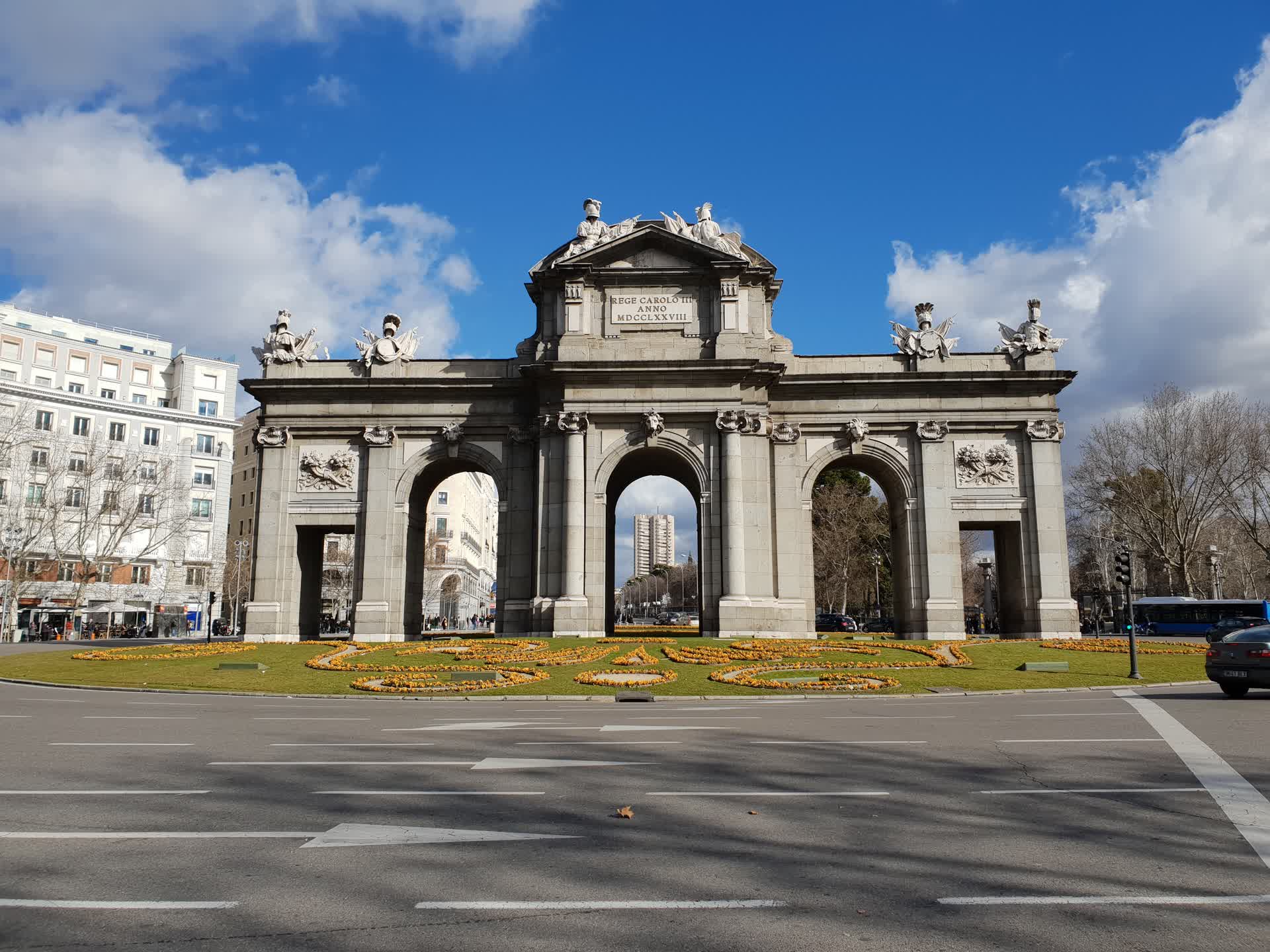
Puerta de Alcalá
From the Arabic word القلعة (al-qal'a), Alcalá Gate is neo-classical piece of architecture, originally a gate to the former Walls of Philip IV.
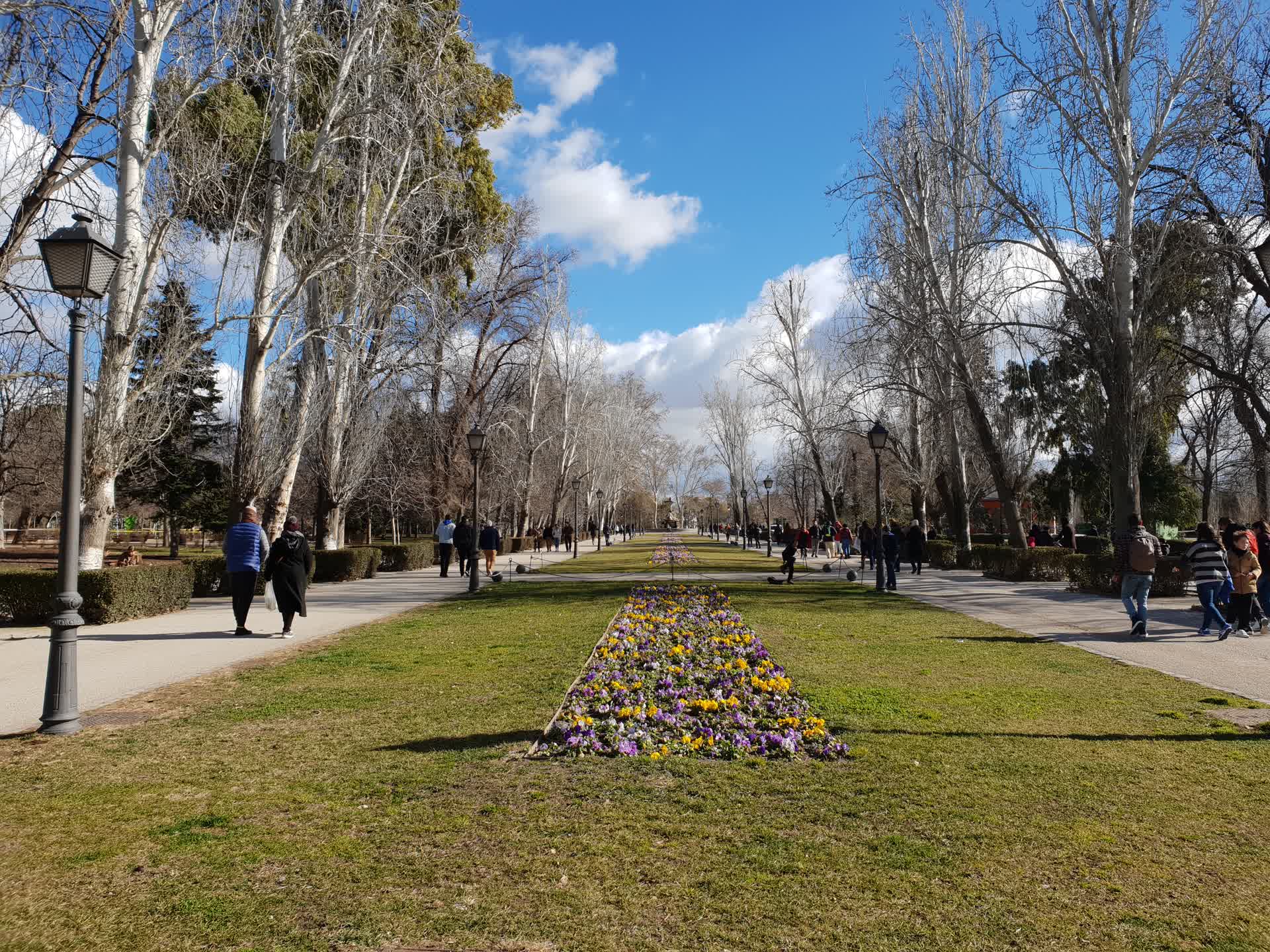
Monumento a Alfonso XII
At the initiative of Queen Mother Maria Christina of Austria, a national contest was held to design a monument to King Alfonso XII. Constructed in bronze and marble, the monument consists of several sculptures surrounding a military adorned Alfonso riding a horse.
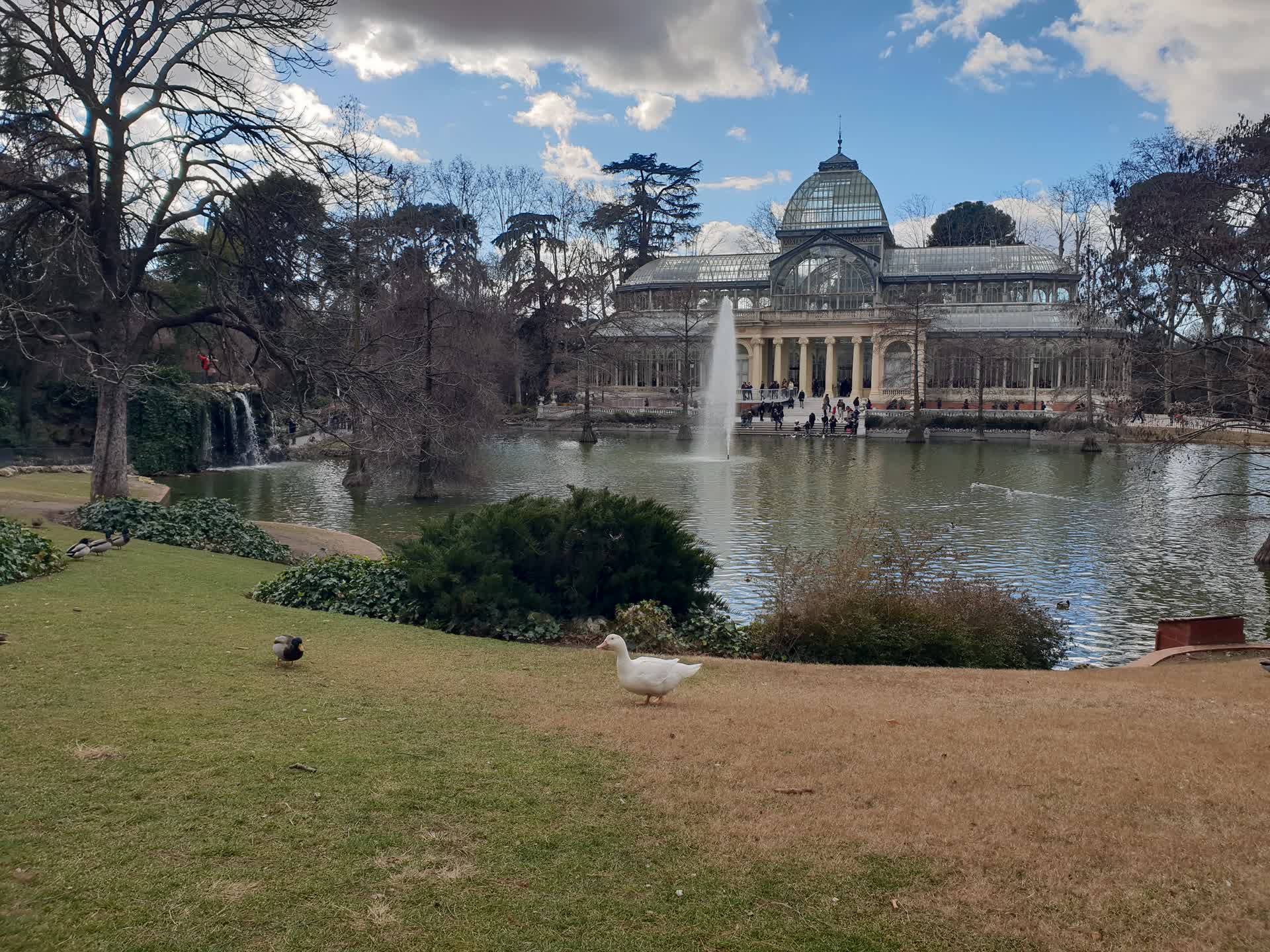
Palacio de Cristal
Modeled after The Crystal Palace in London, this glass pavilion took just a measly 5 months to build, and (as of my trip) holds some interesting artworks.
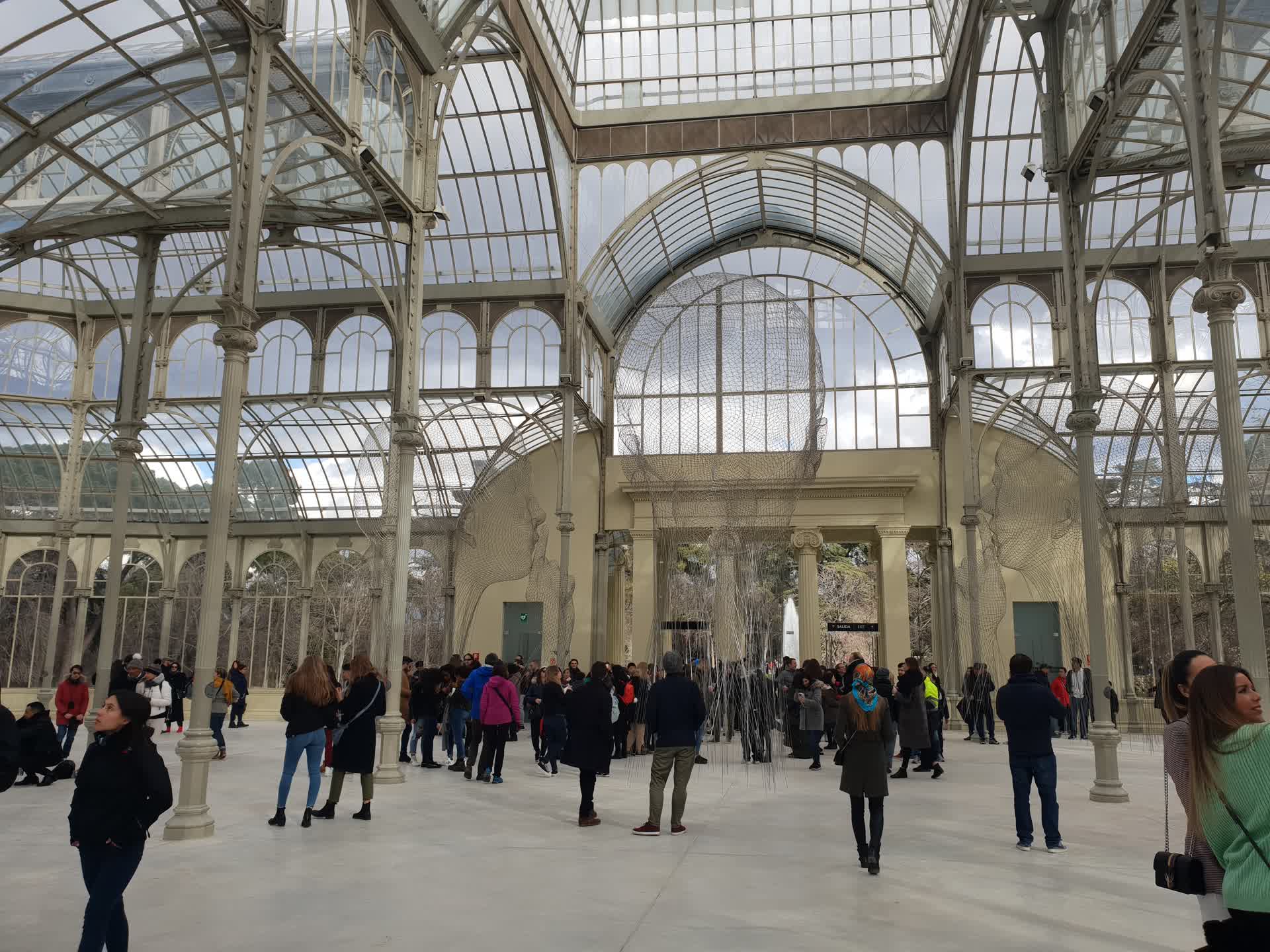
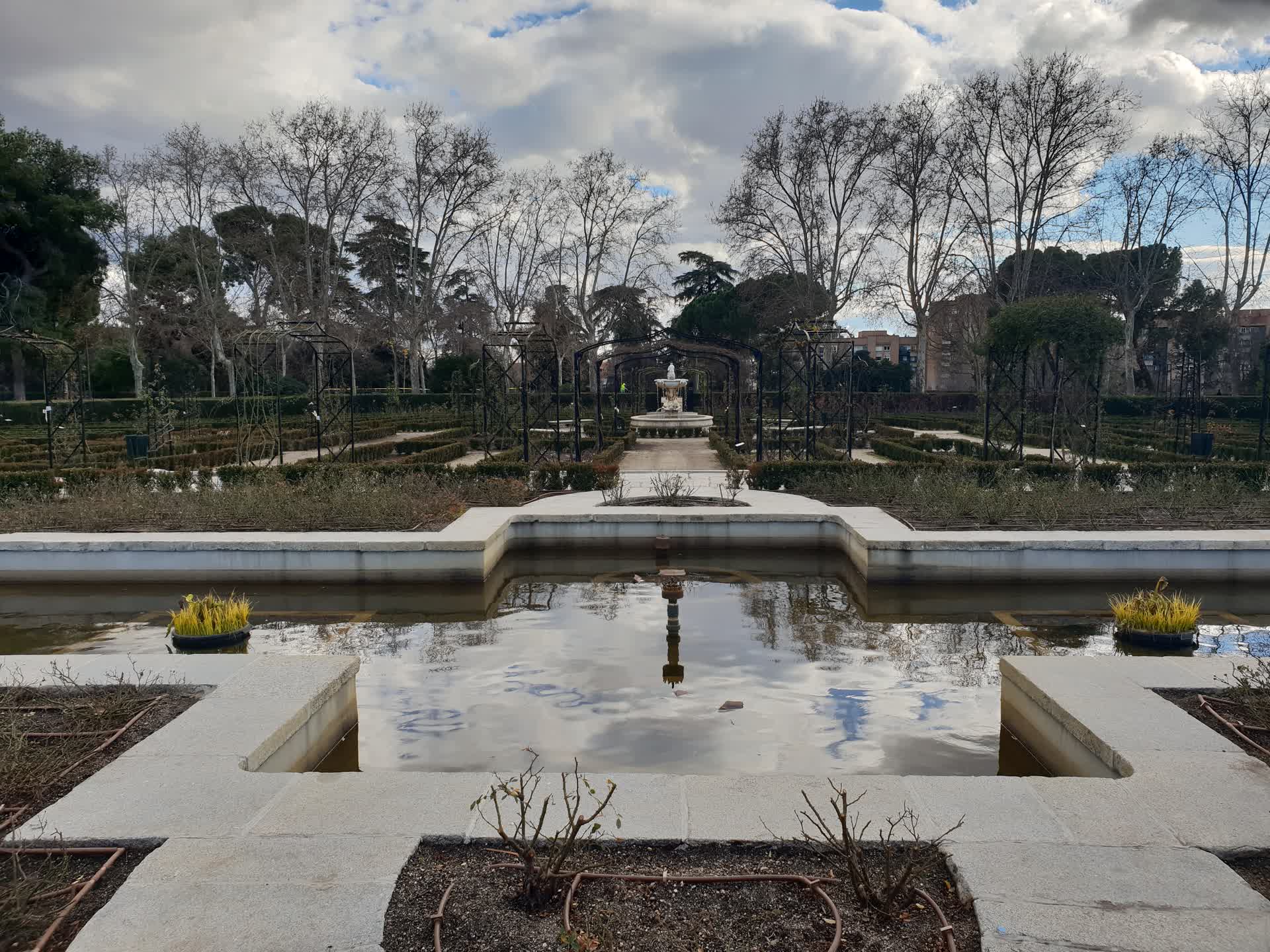
La Rosaleda Cecilio Rodriguez
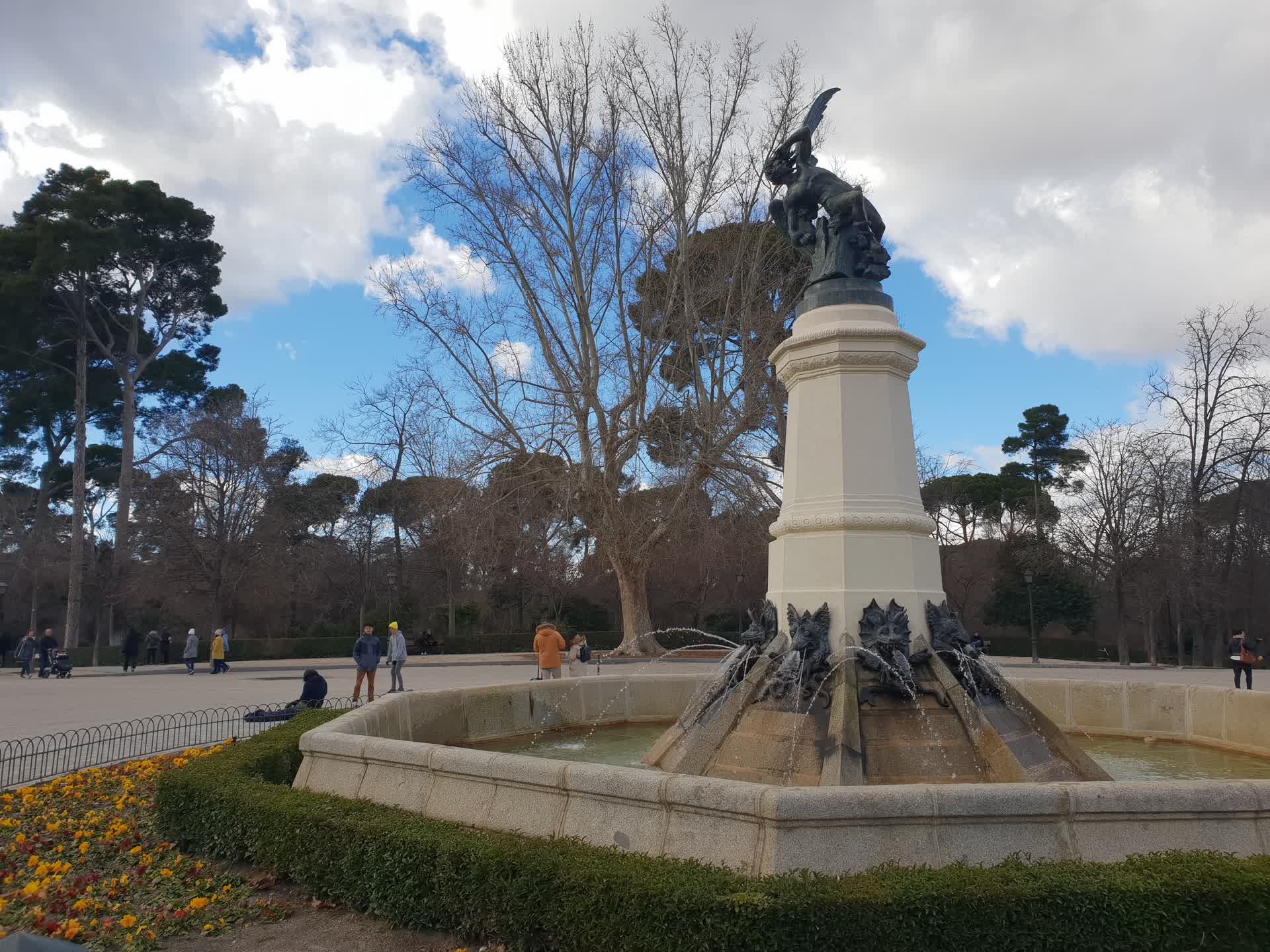
Fountain of the Fallen Angel
Built in 1877 by Spanish sculptor Ricardo Bellver, this statue is one of the most controversial, dedicated to the devil himself. It depicts Lucifer falling from Heaven, with the statue being 666m above sea level.
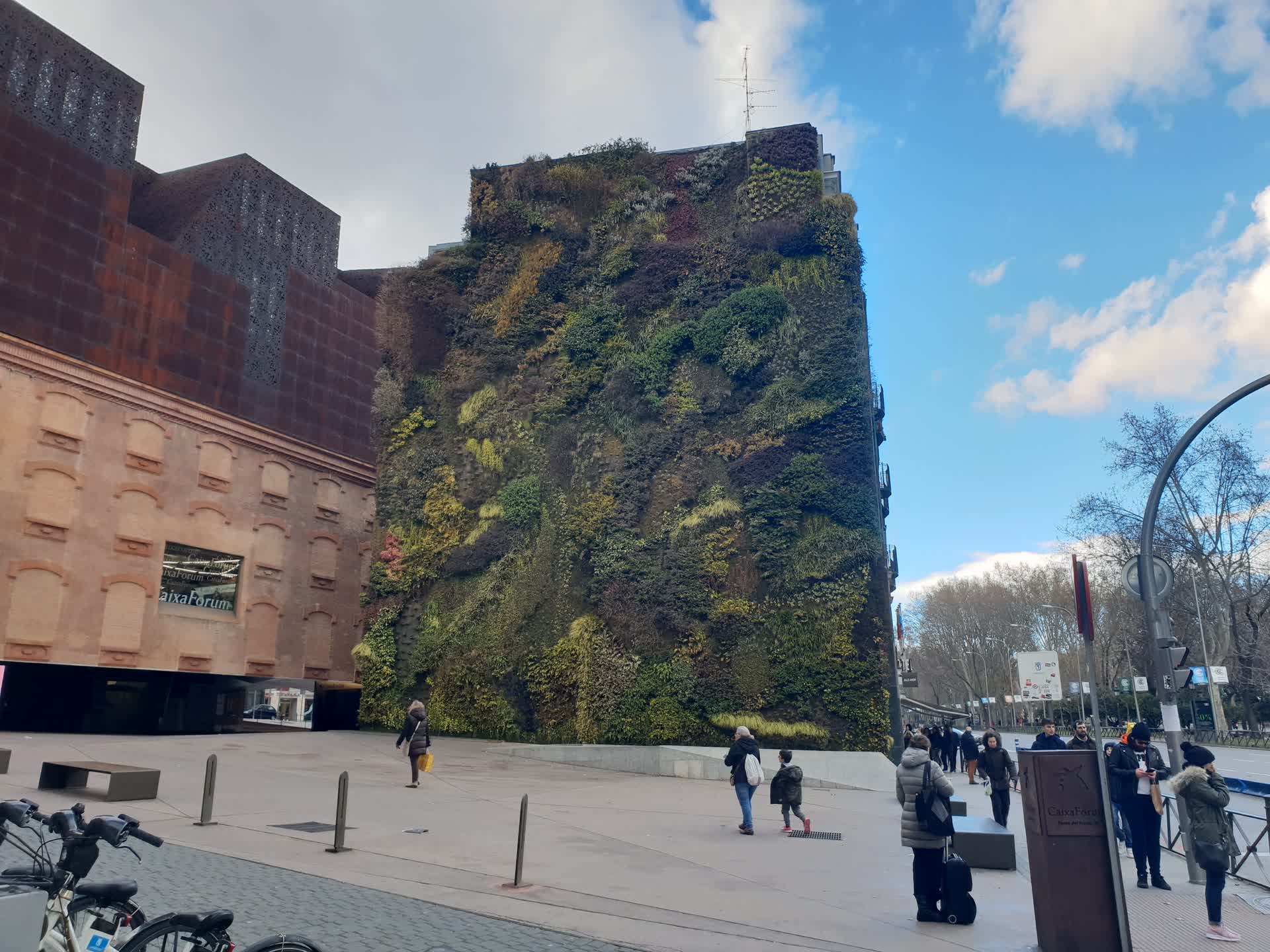
Green Wall
A vertical garden installed on an exterior wall of a former power station containing over 15,000 plants from more than 250 different species.
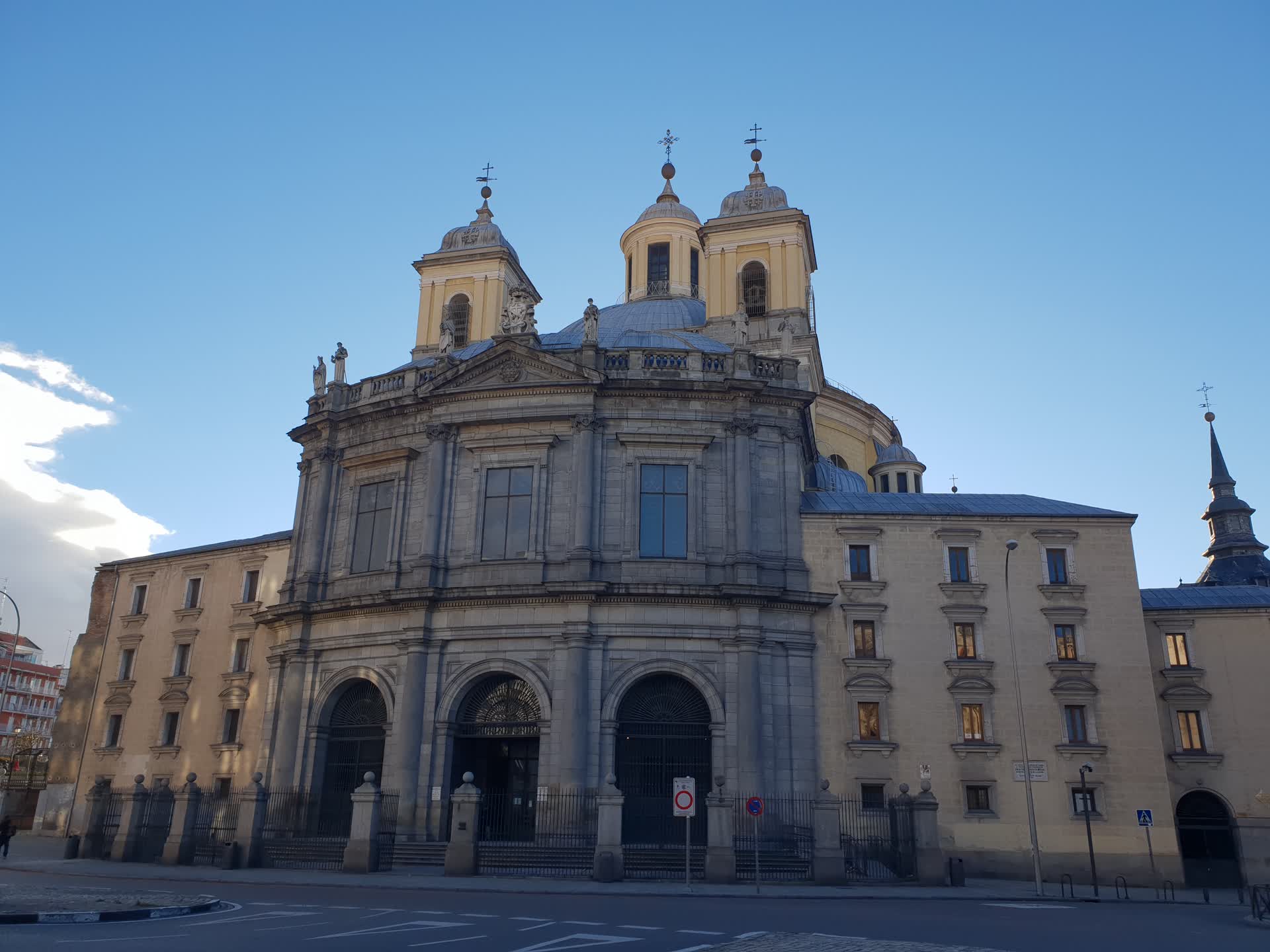
Basilica of San Francisco el Grande
Designed in a Neoclassic style in the late 18th century, the church contains paintings by Zurbarán and Francisco Goya. The temple once functioned as the National pantheon and enshrined the remains of famous artists and politicians, but now serves as a church.
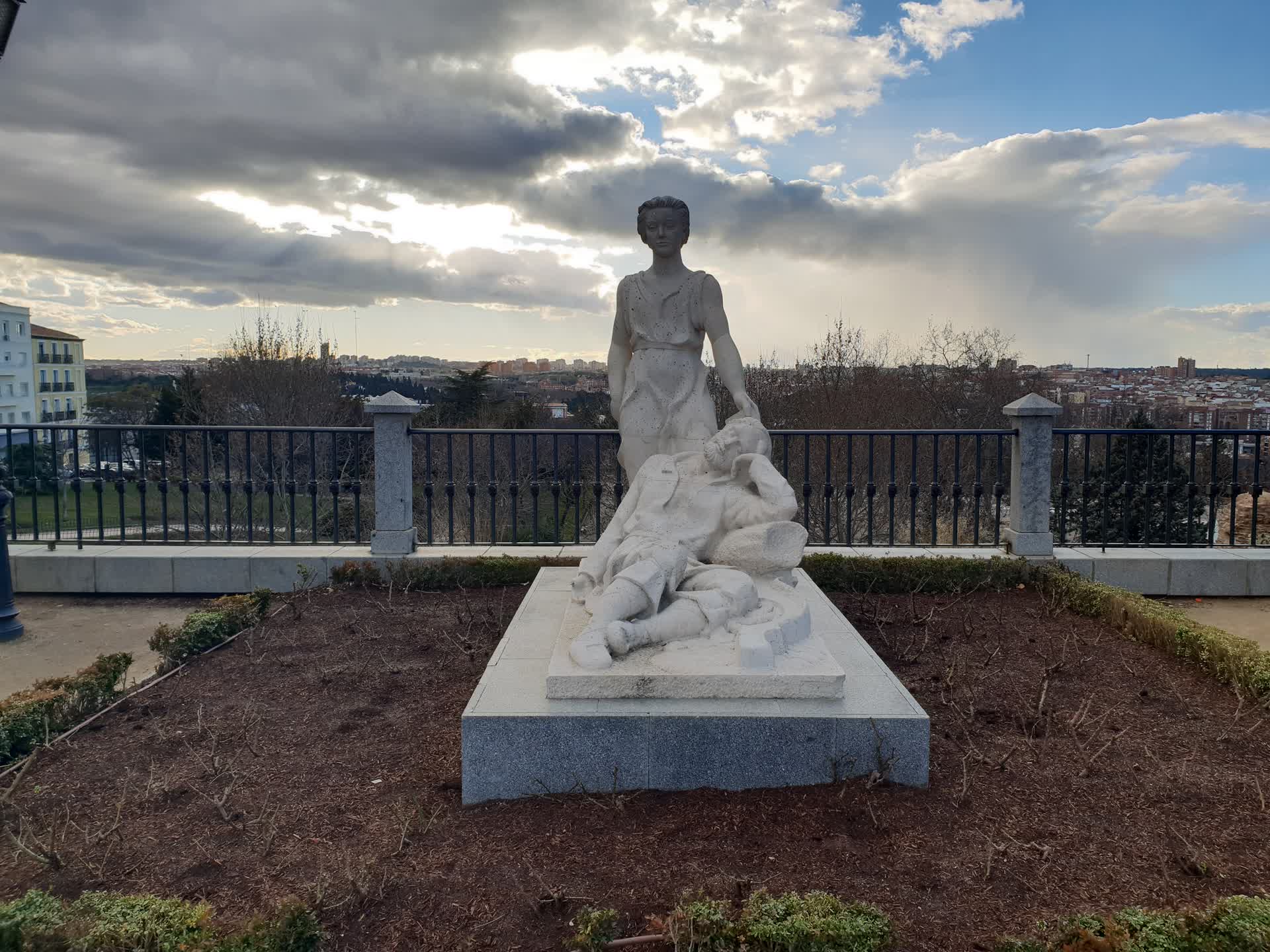
Statue near San Franciso Basilica
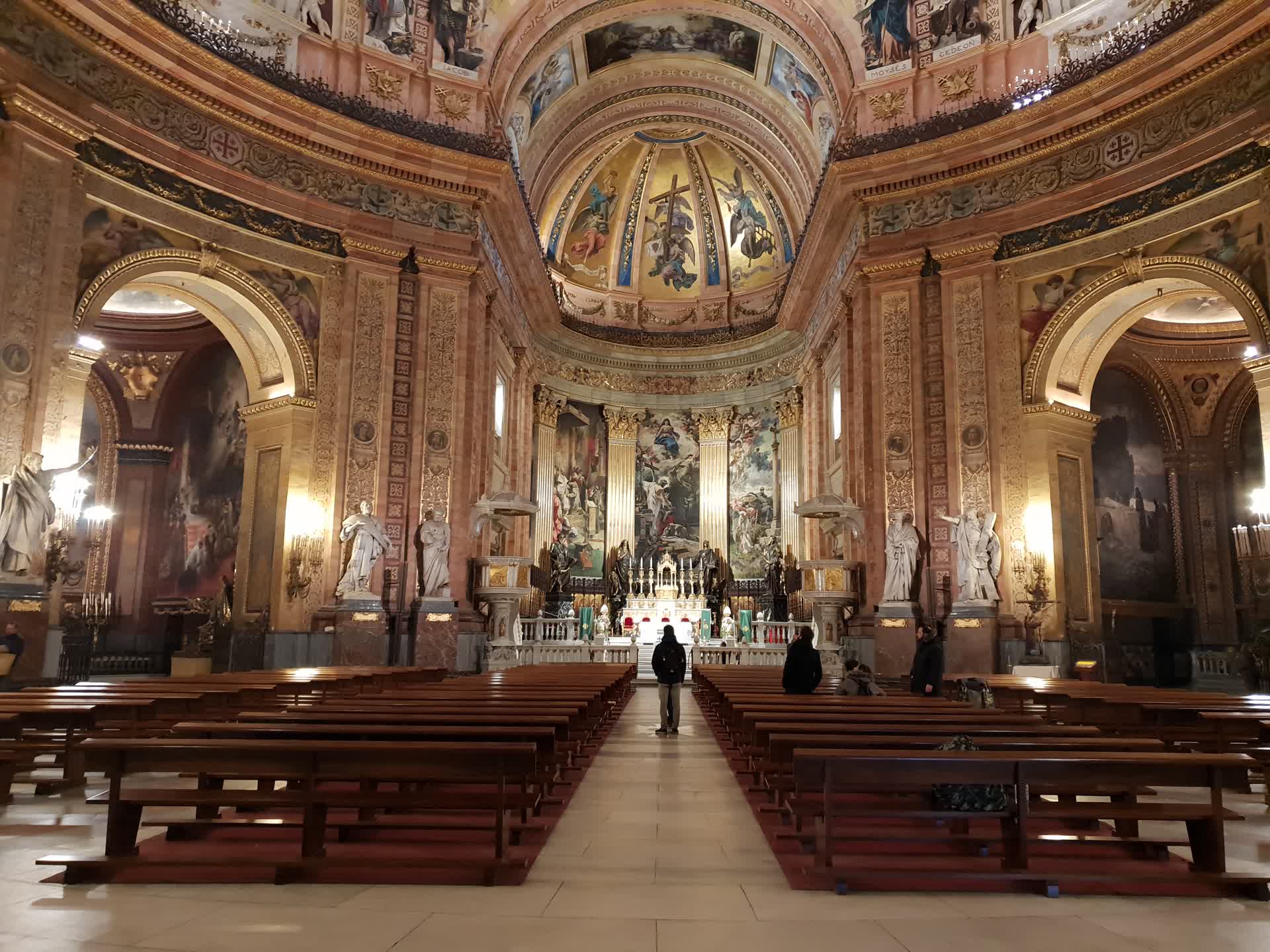
Inside the San Franciso Basilica
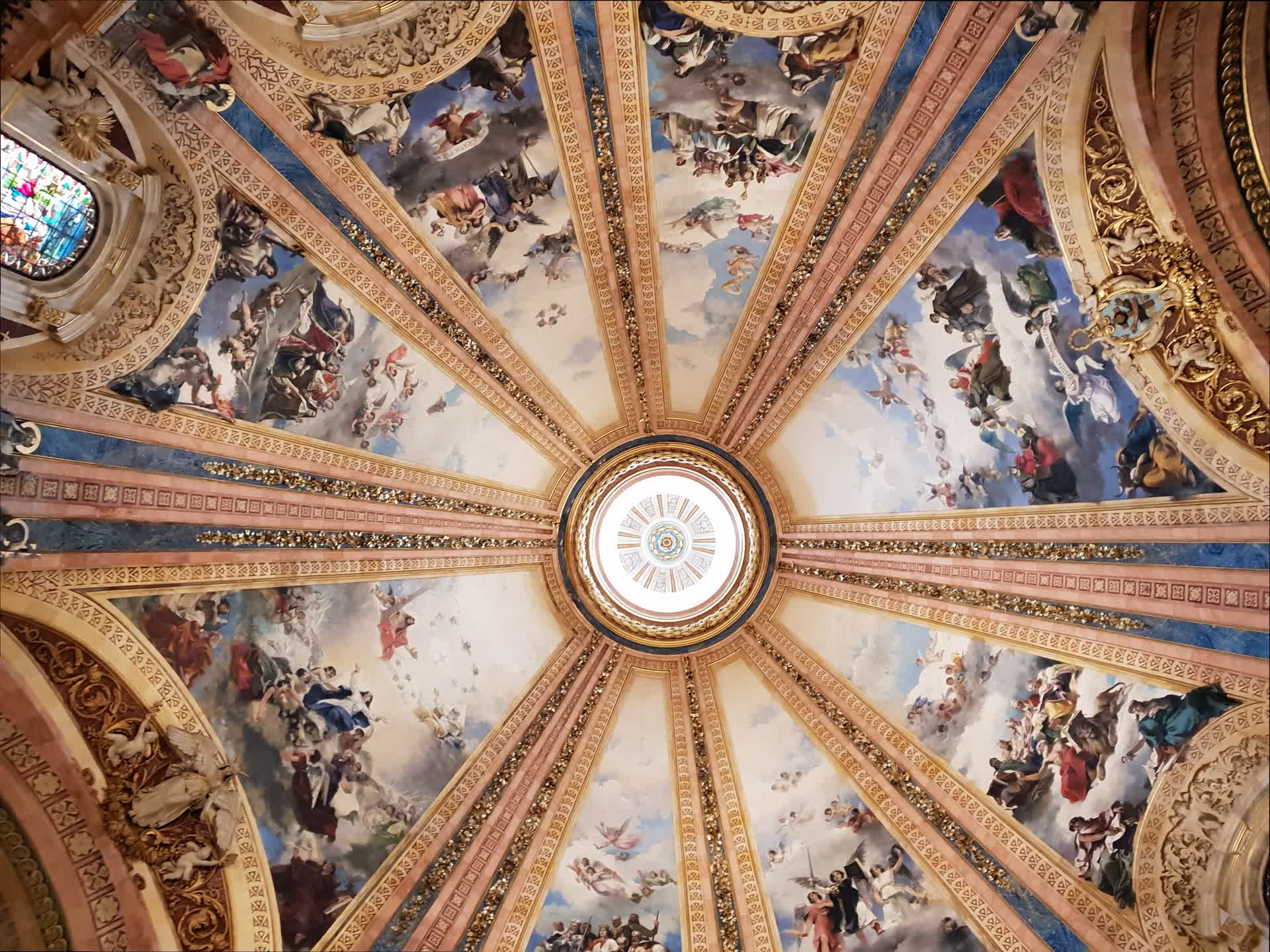
Ceiling of San Franciso Basilica
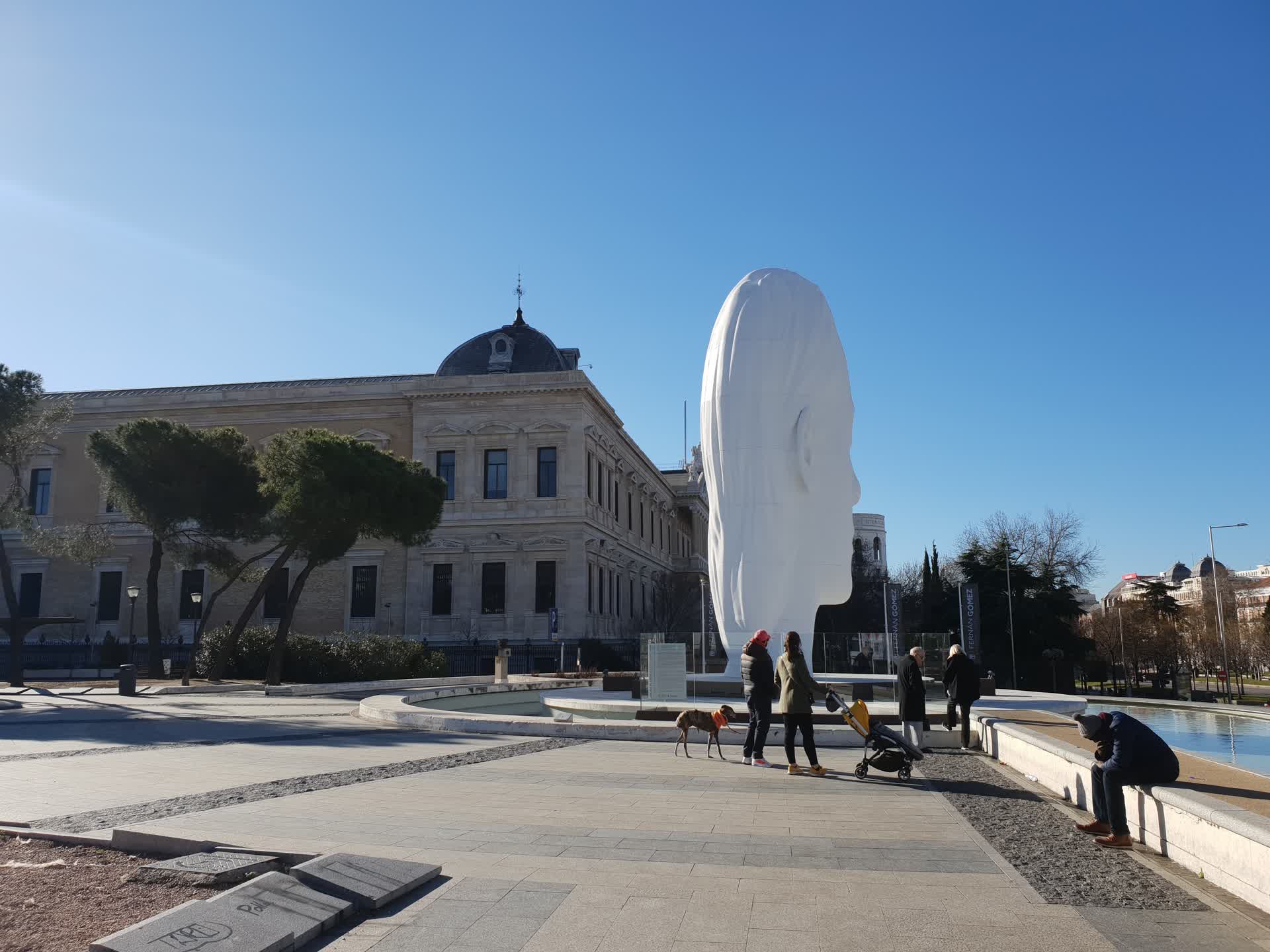
Fernán Gómez Centro Cultural de la Villa
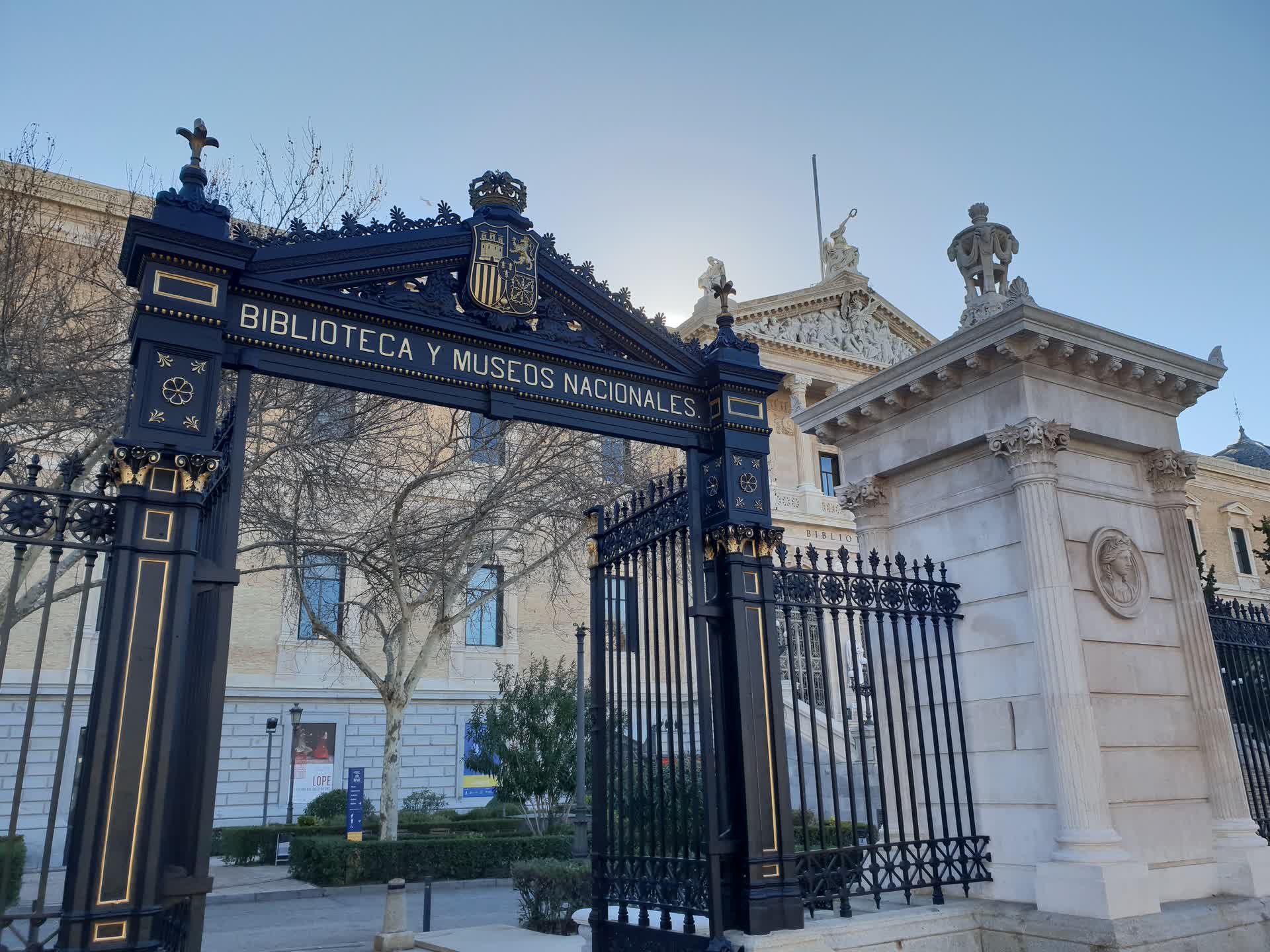
Palacio de Biblioteca y Museos Nacionales
Containing more thatn 26,000,000 items, the national library of Spain is one of the largest in the world. It is responsible for identifying and preserving Spanish heritage and aims to be an essential point of reference for anything Spanish.
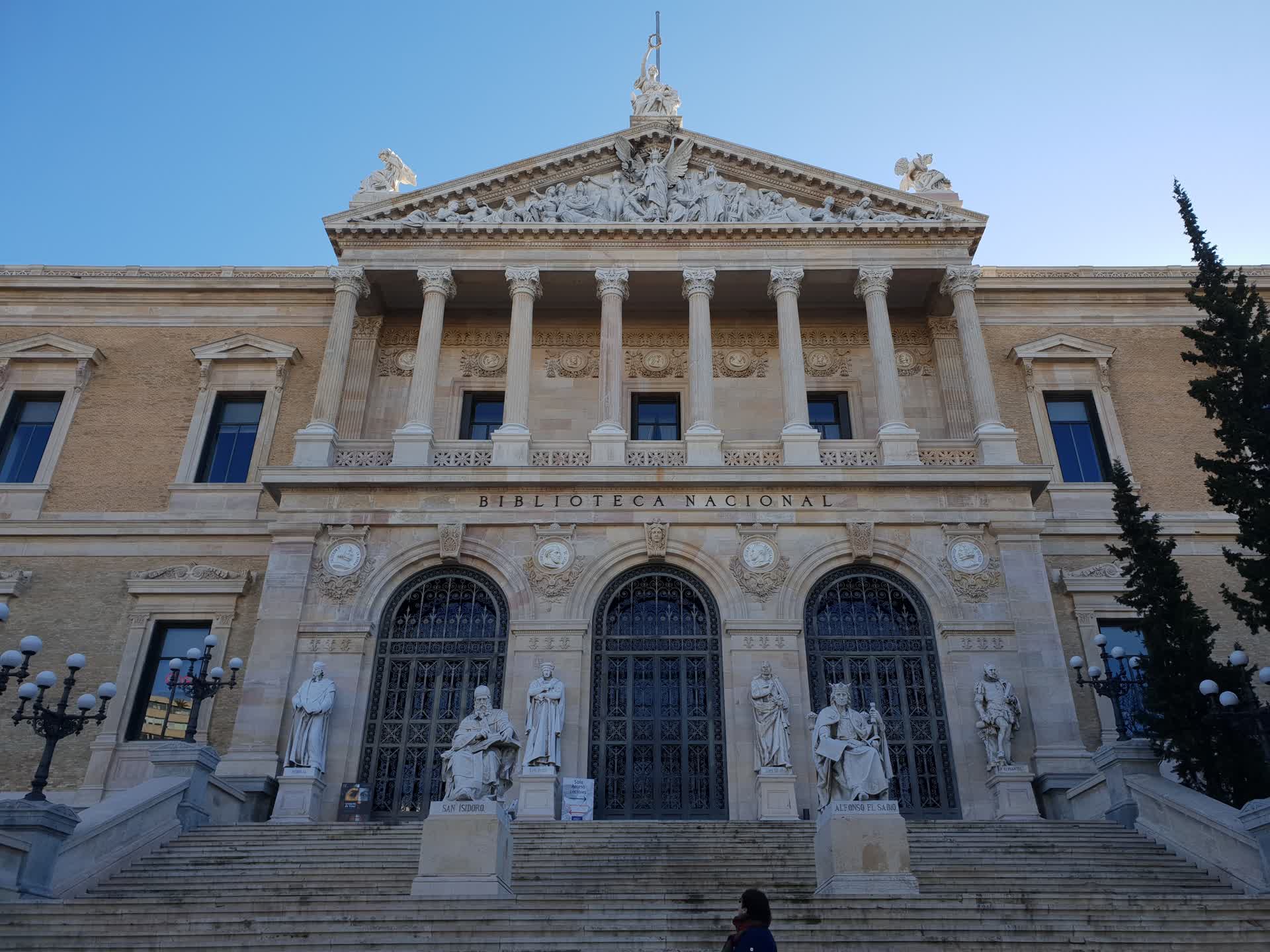
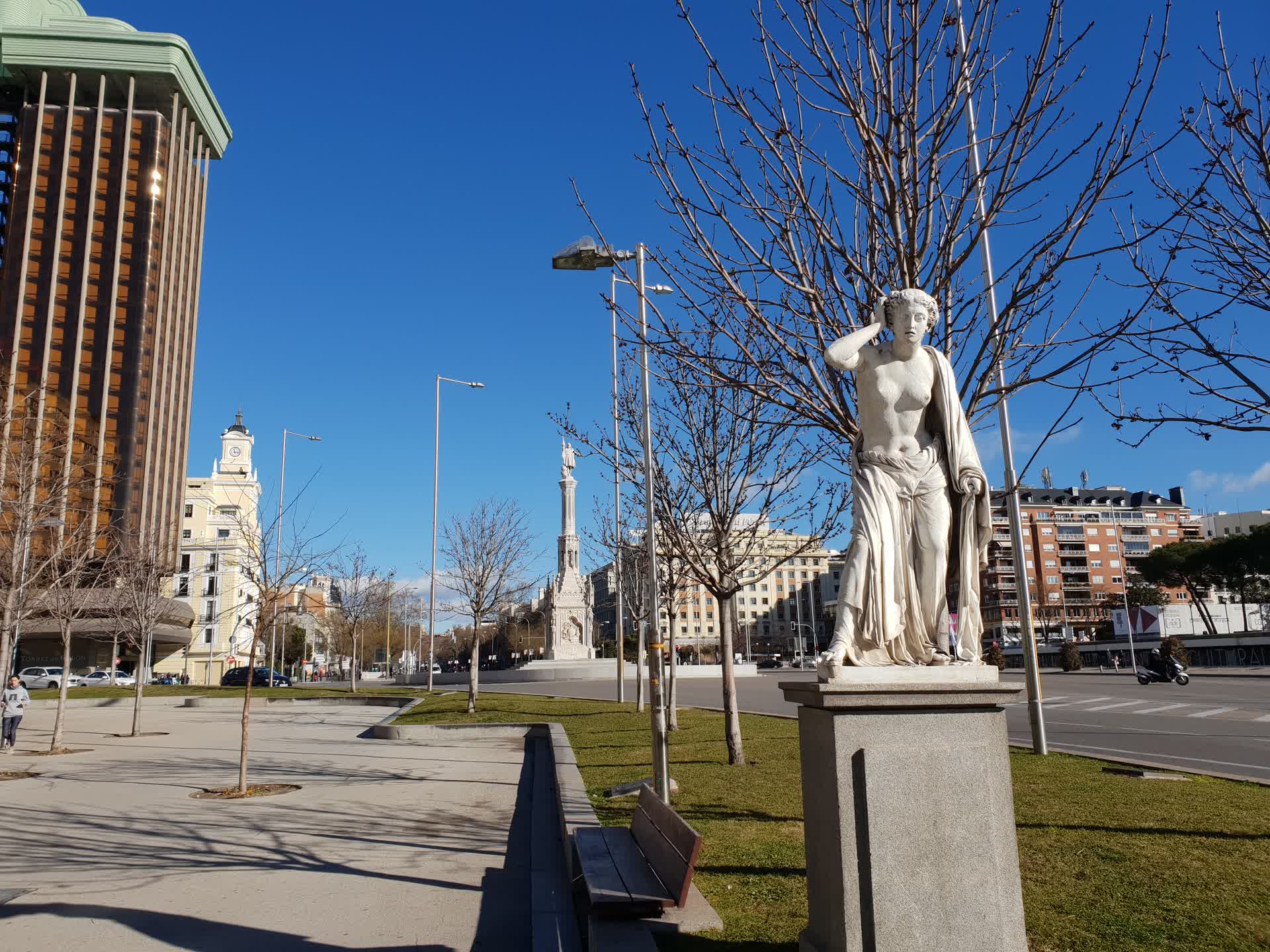
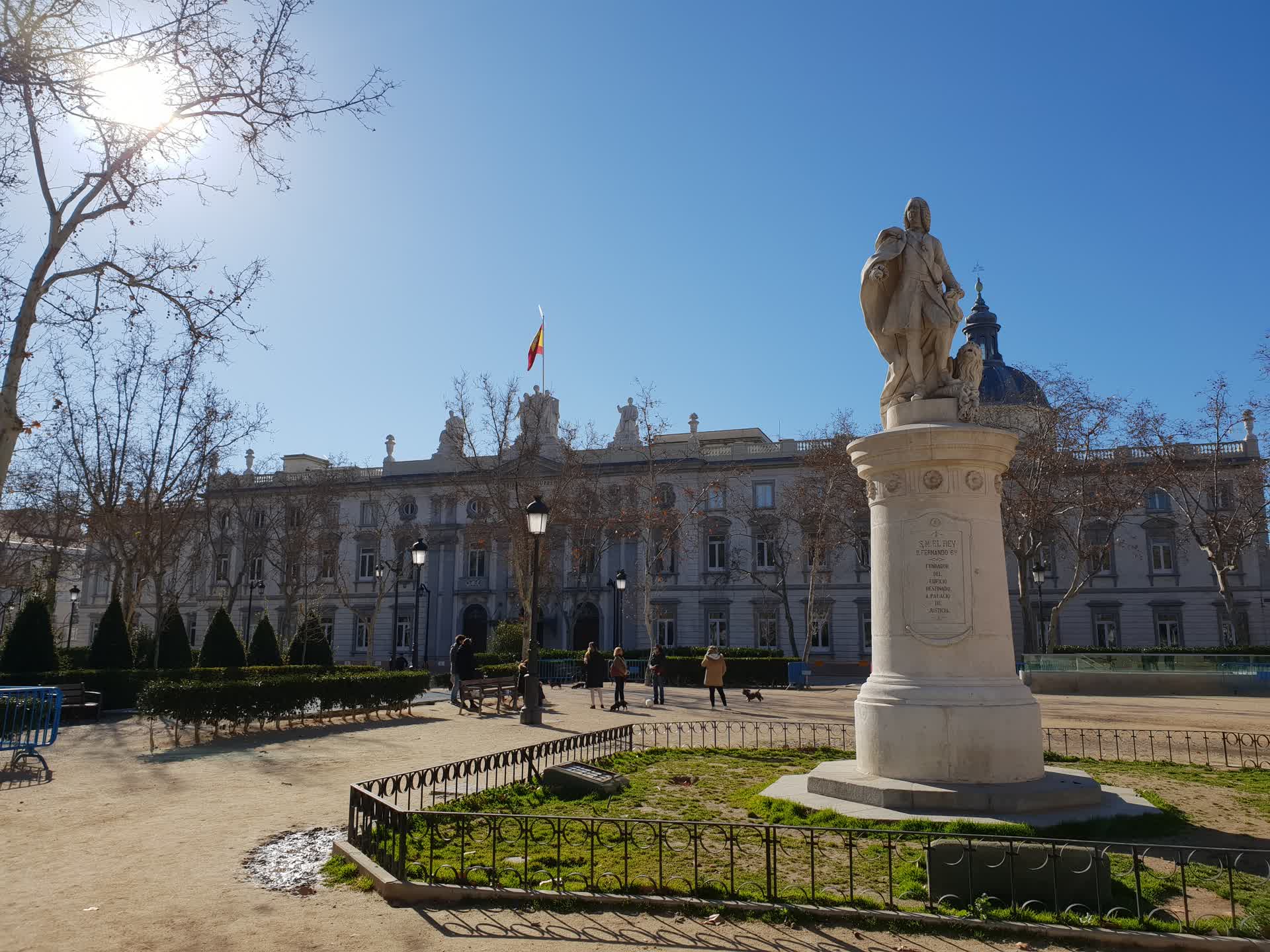
Supreme Court of Spain
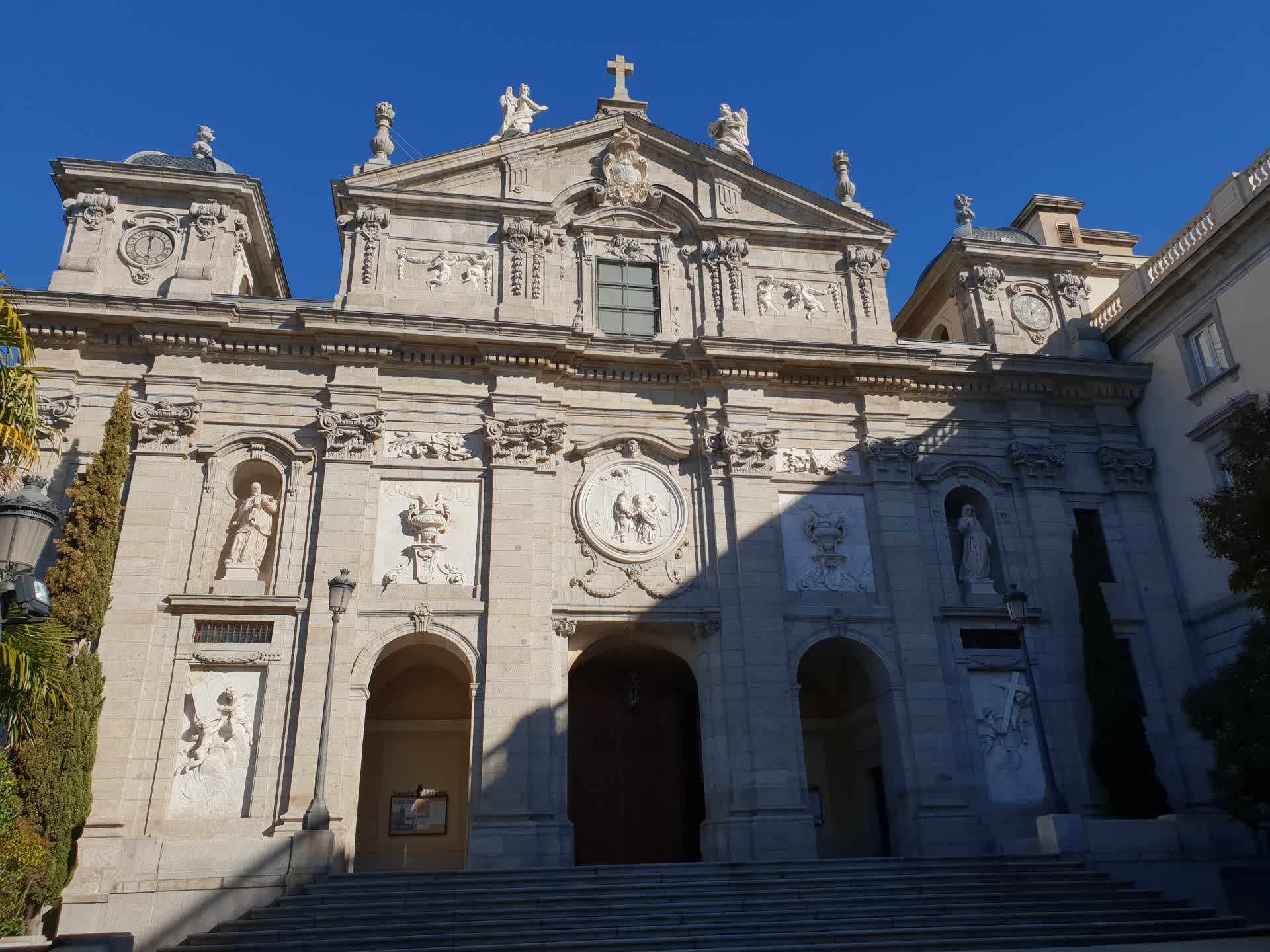
Convent of the Salesas Reales
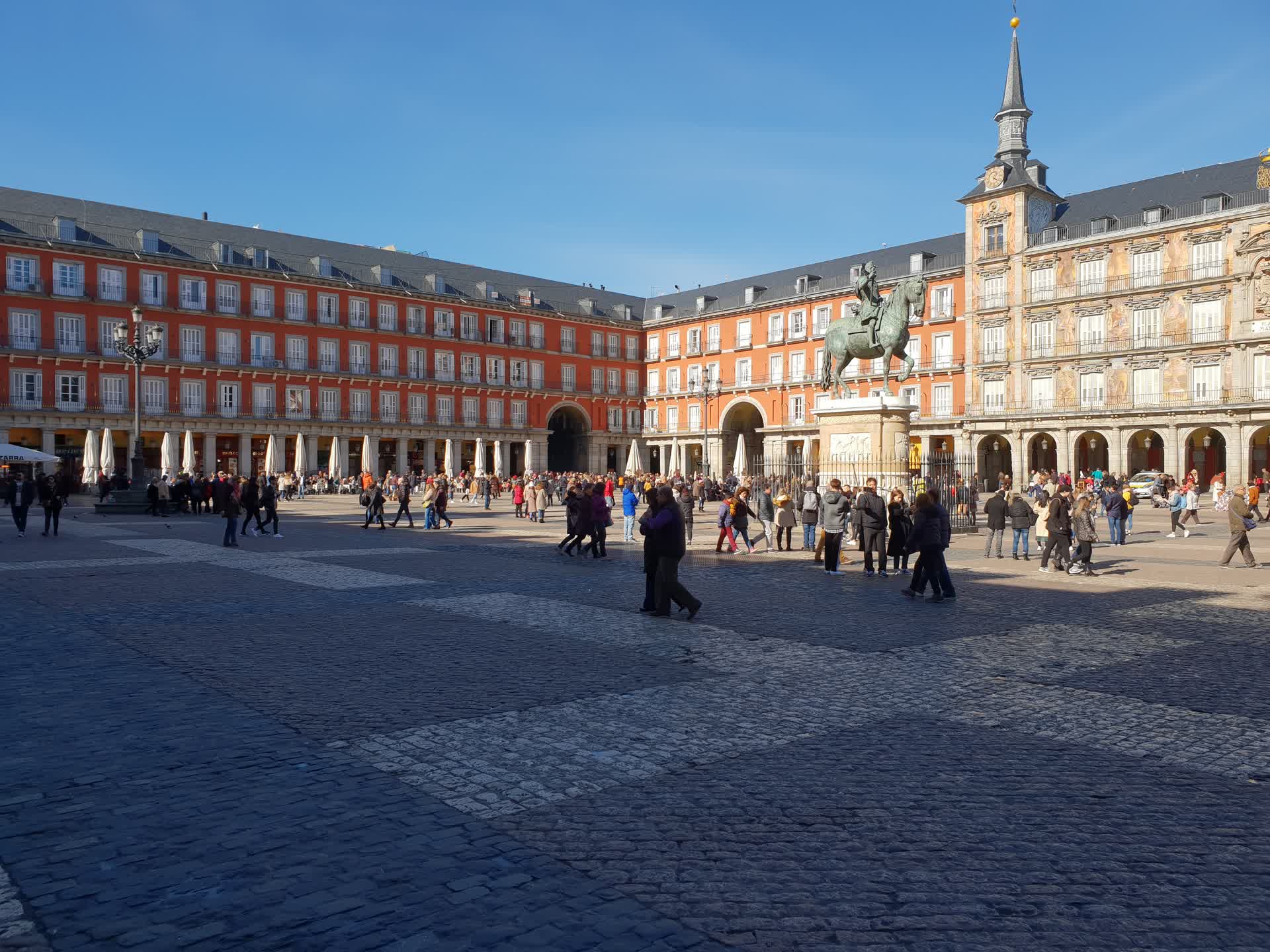
Plaza Mayor
First built during Philip III's reign, Plaza Mayor is home to many stores, restaurants and government buildings. It is by far one of the most iconic pieces of Spanish culture, and a definite highlight of my trip.
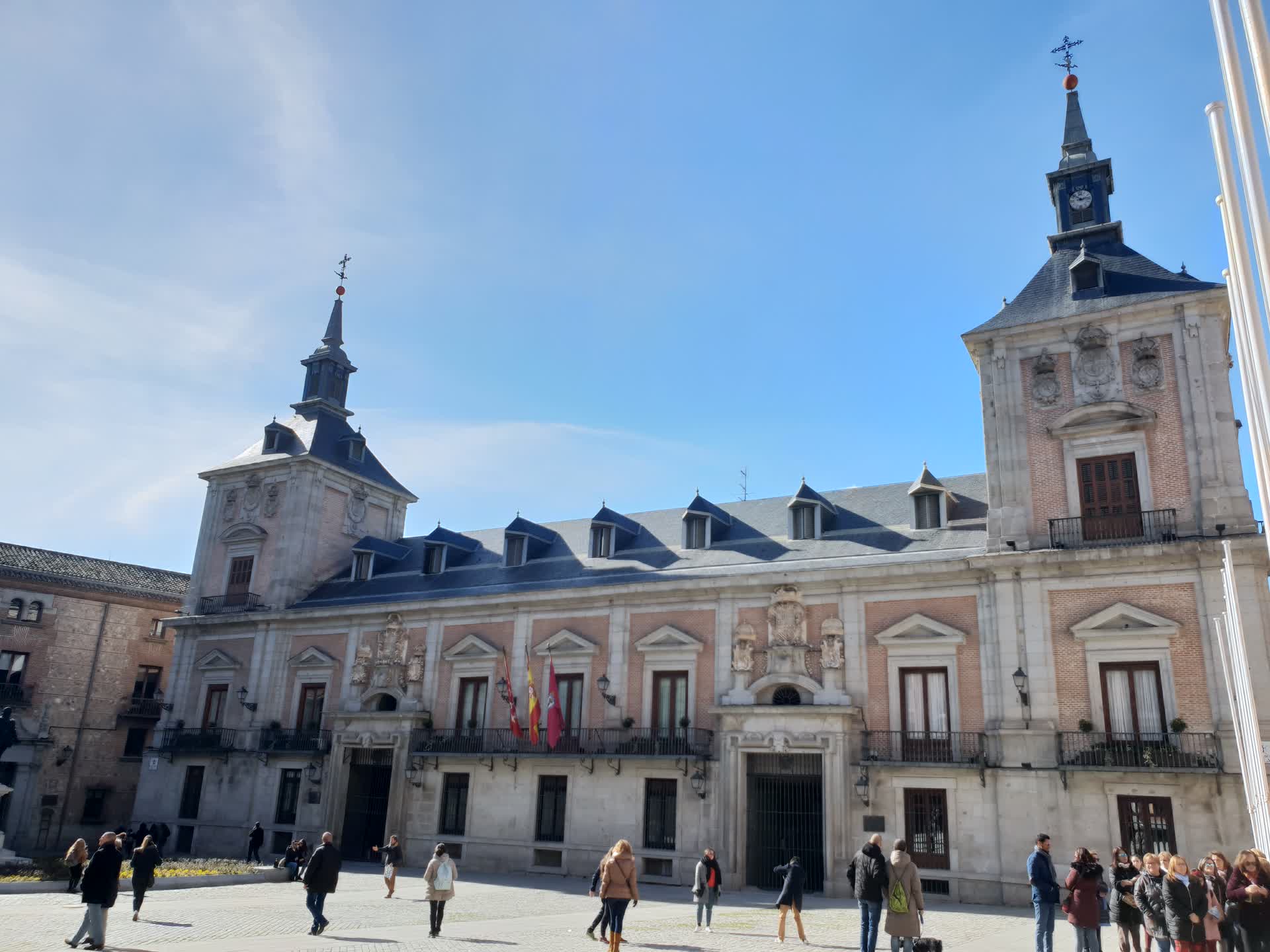
Casa de Cisneros